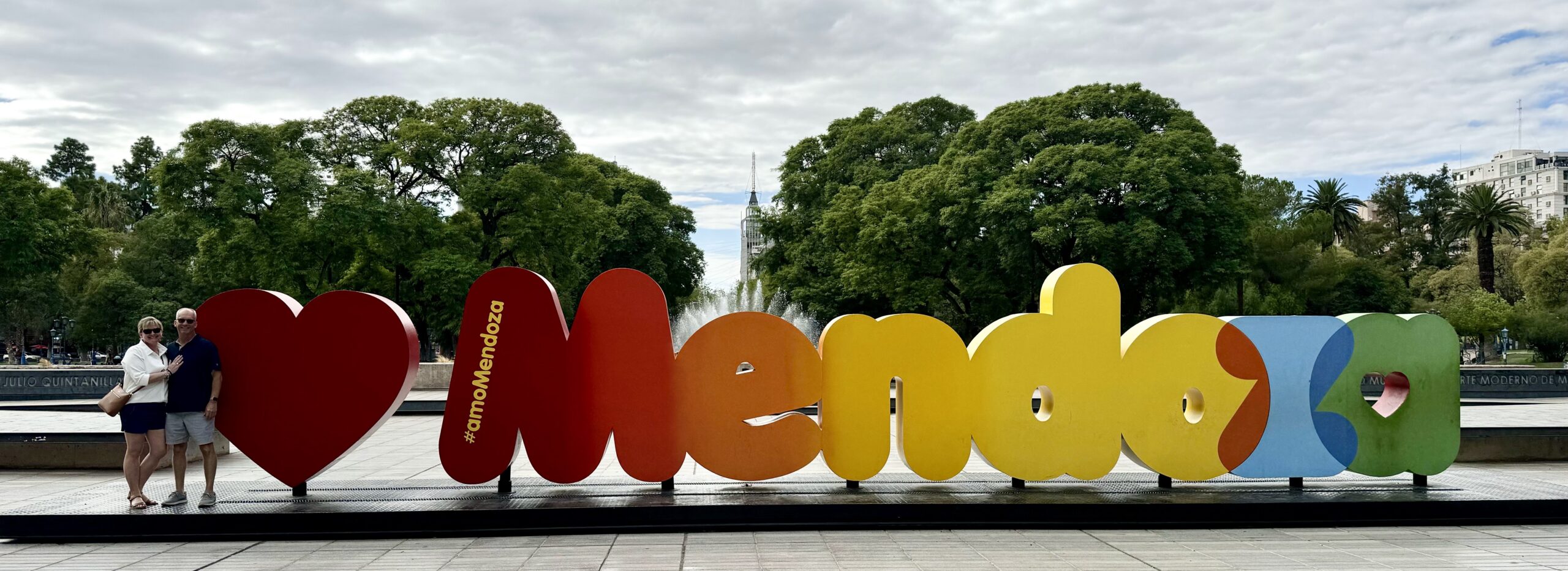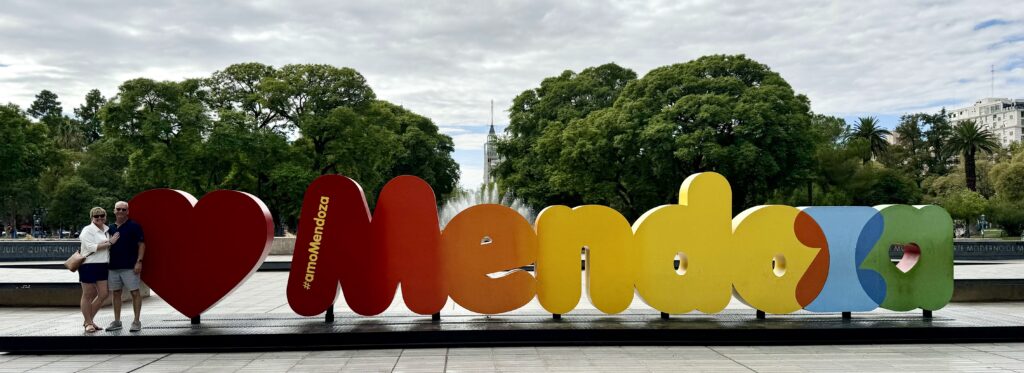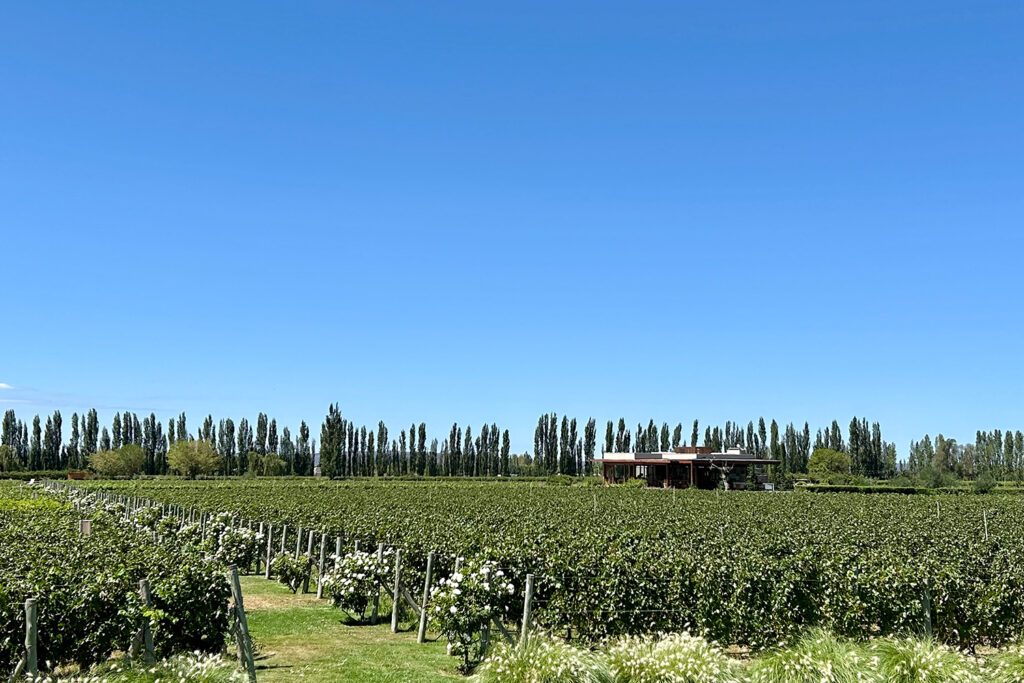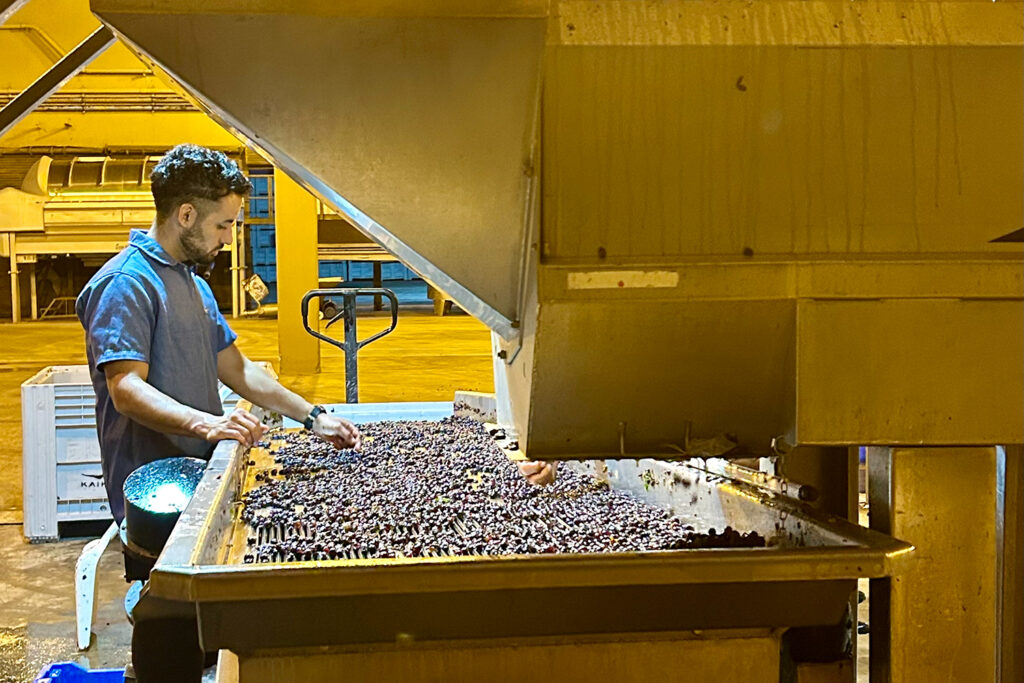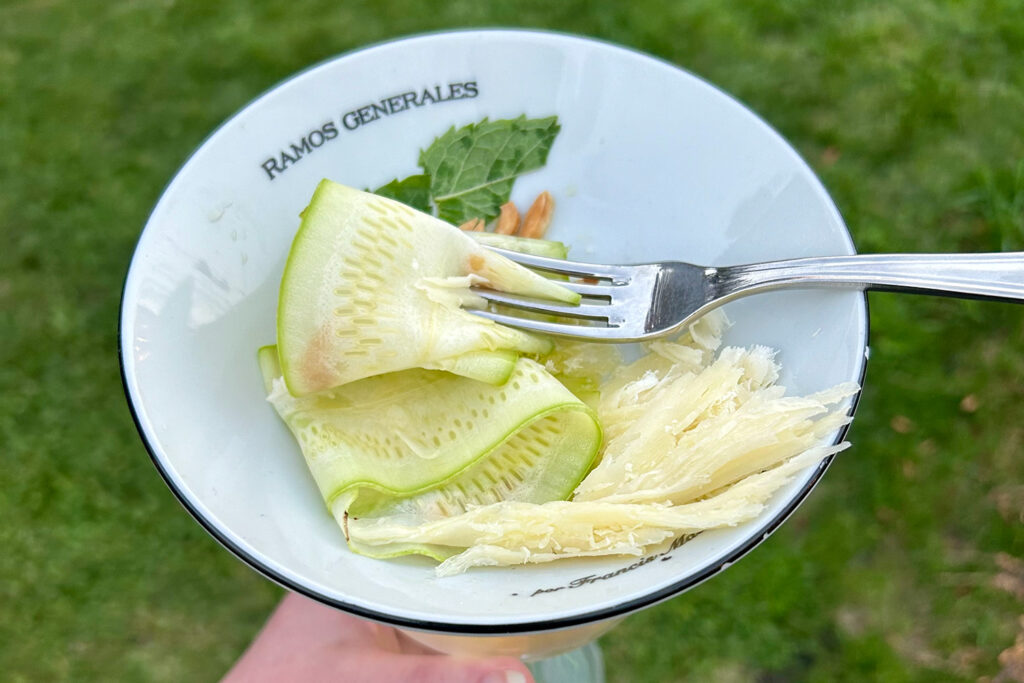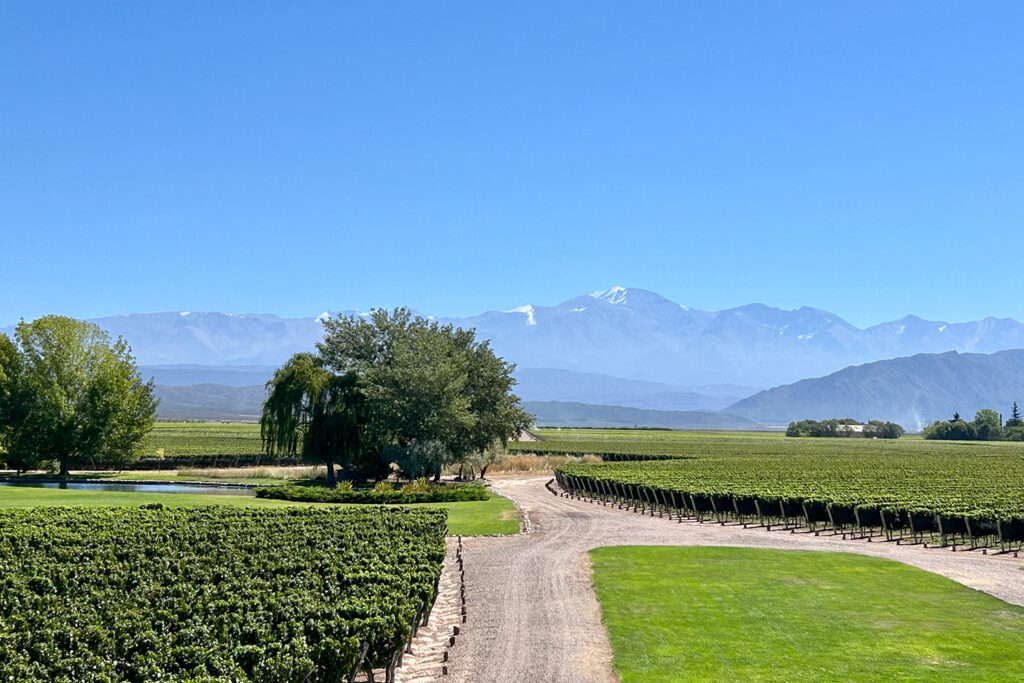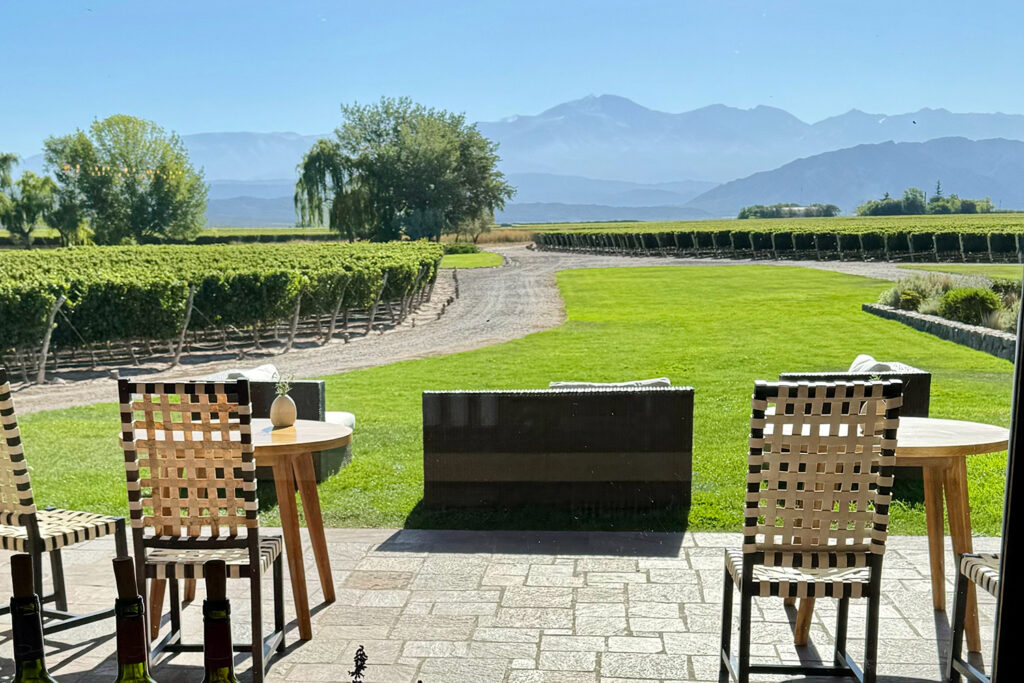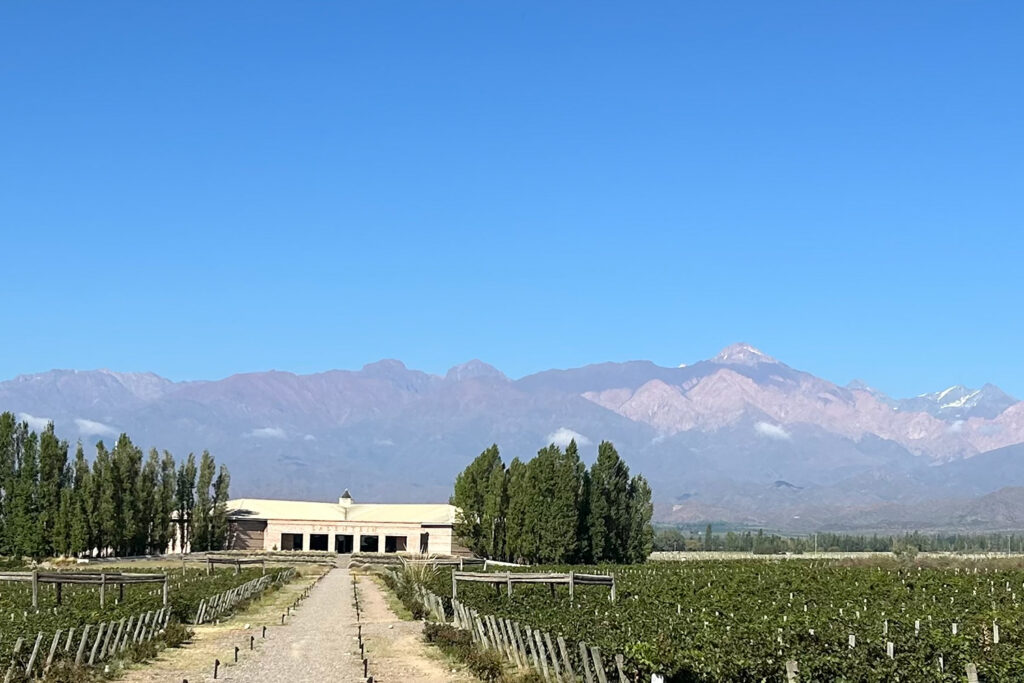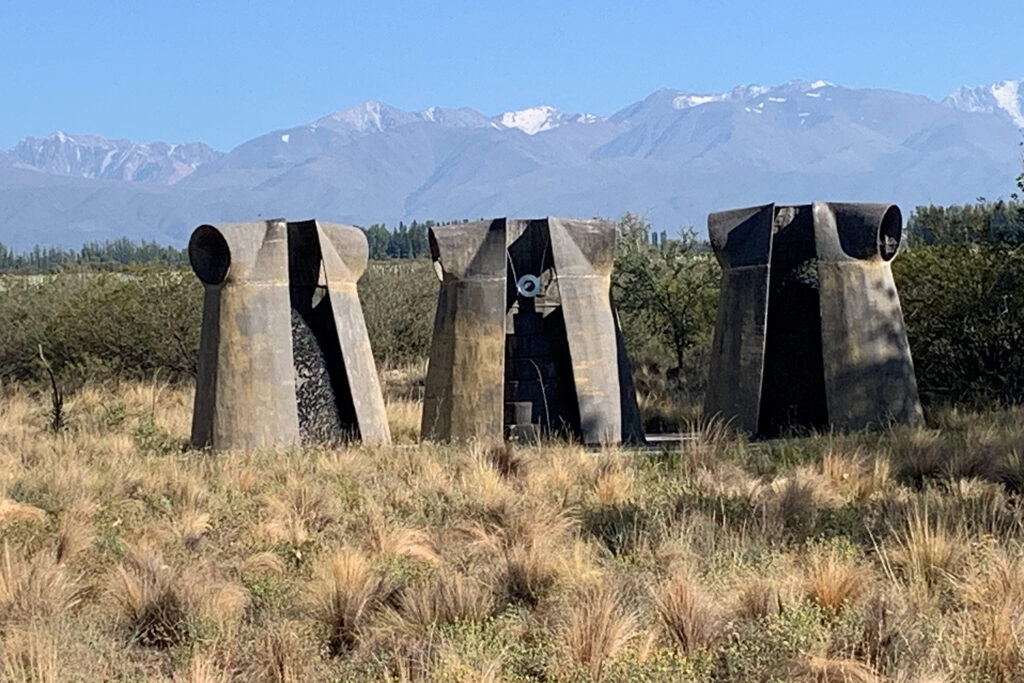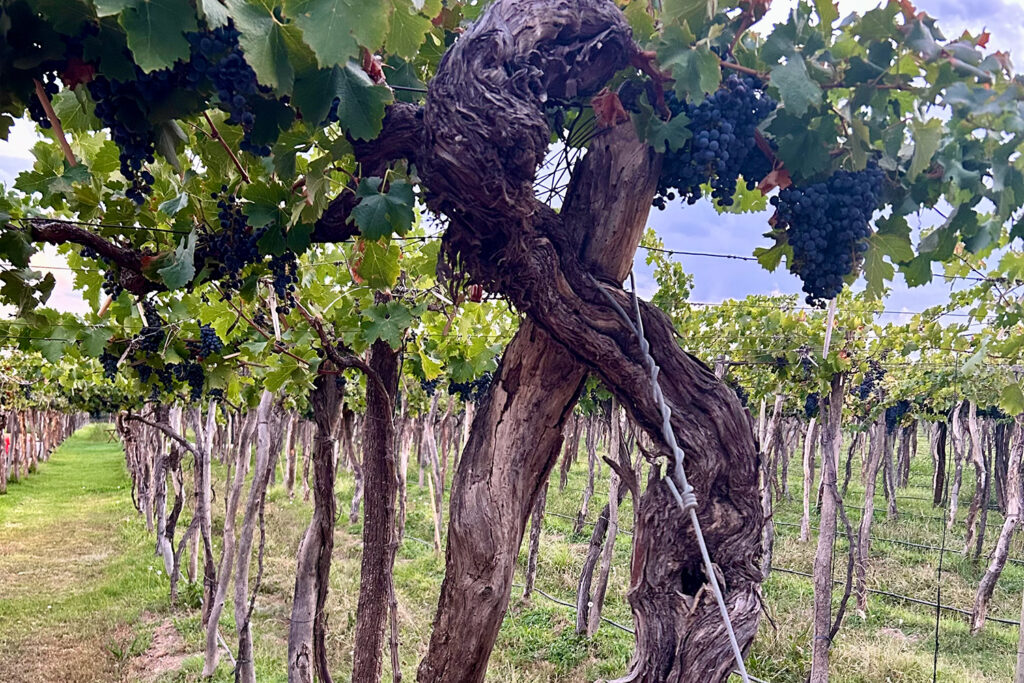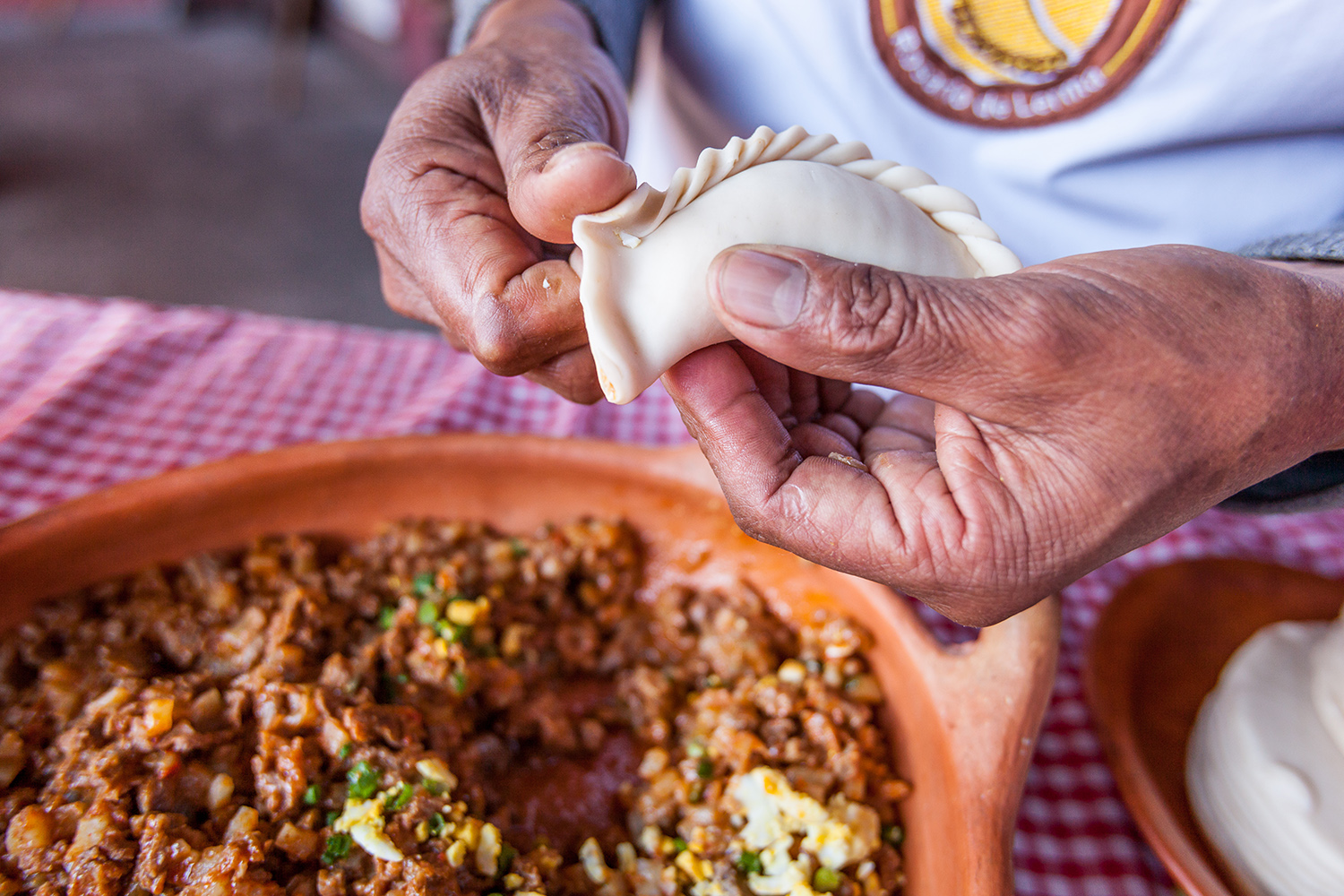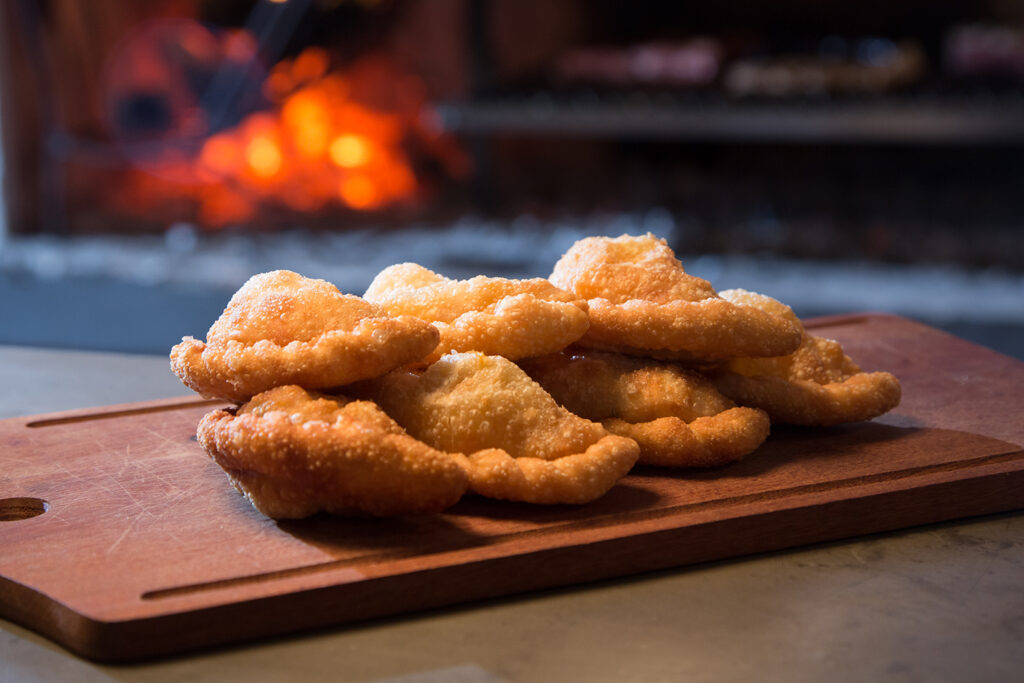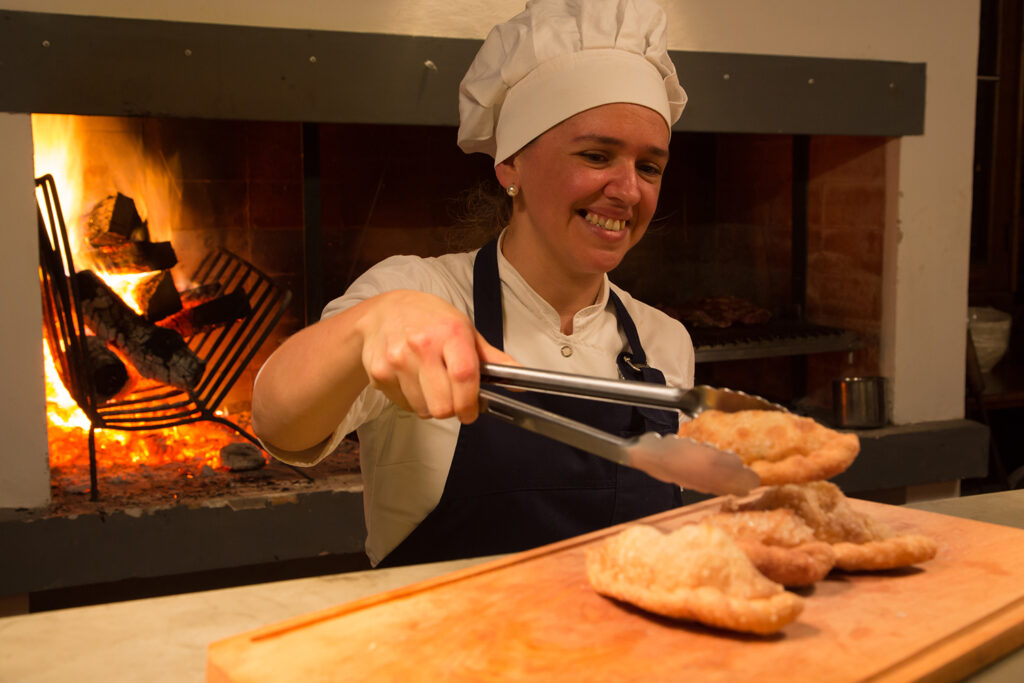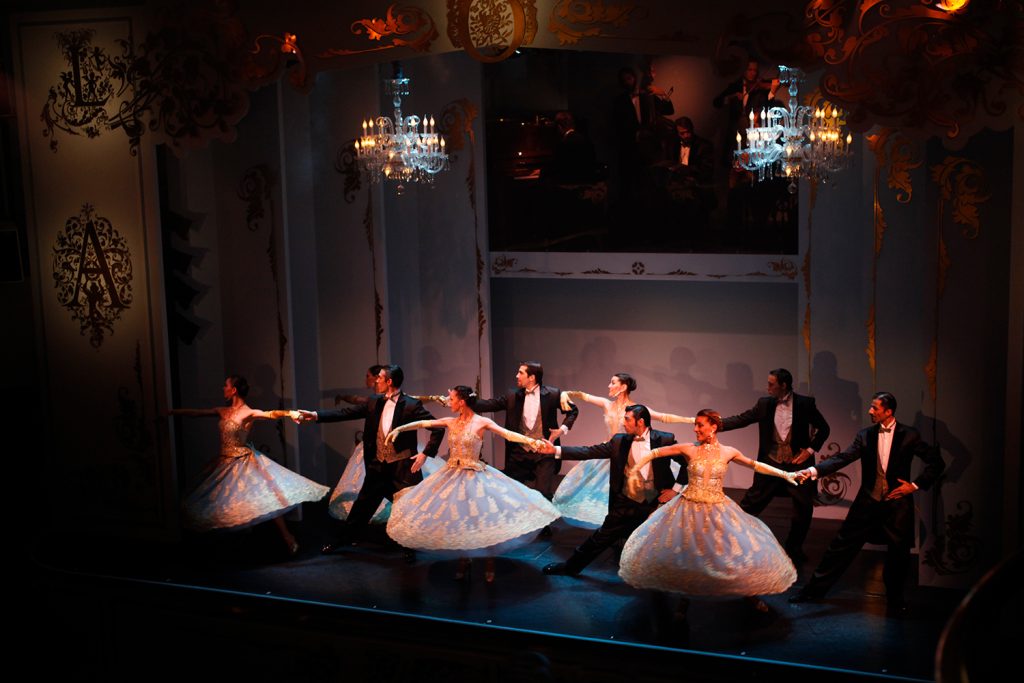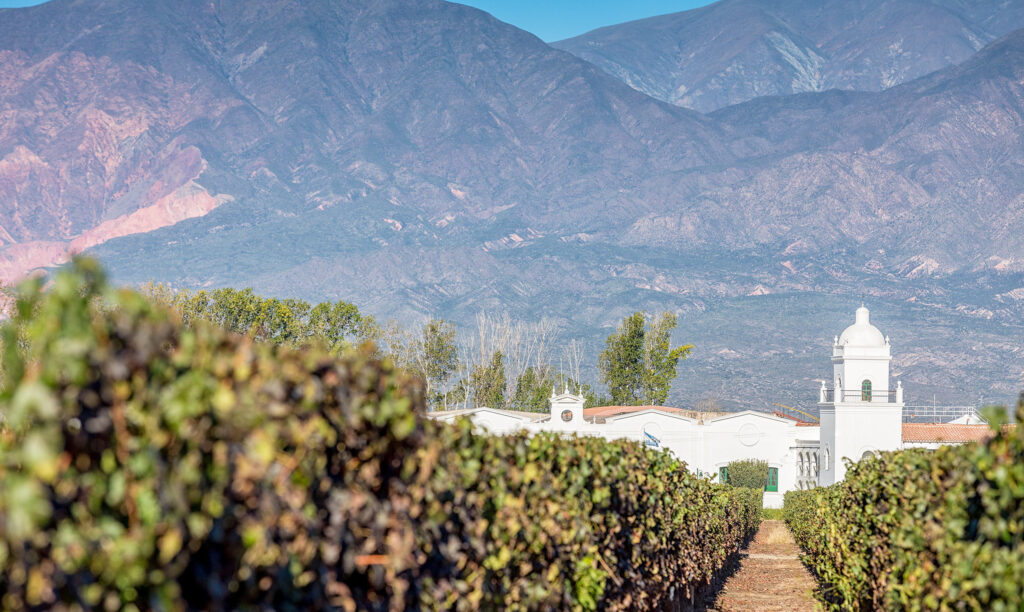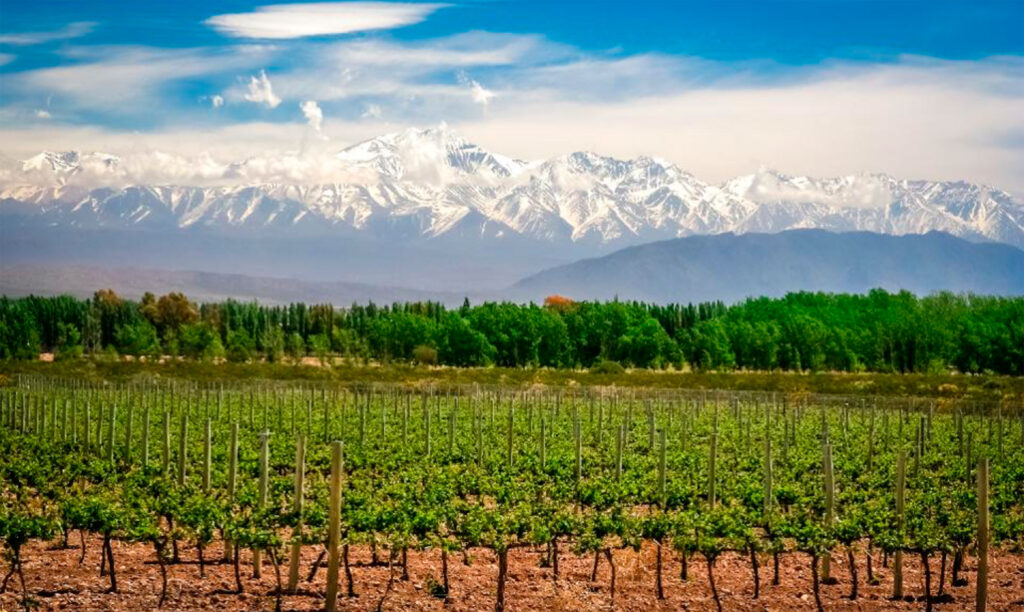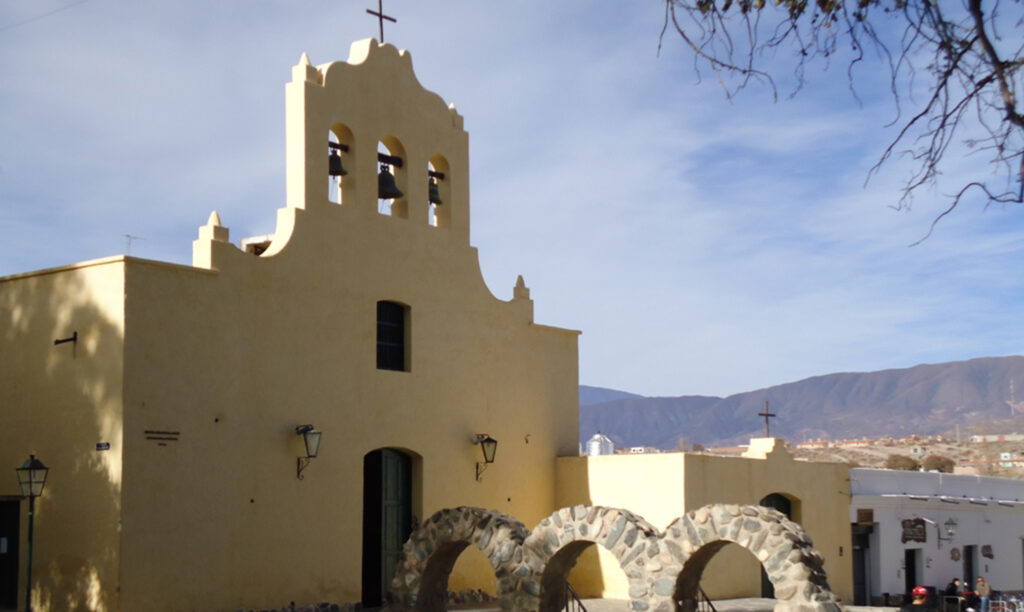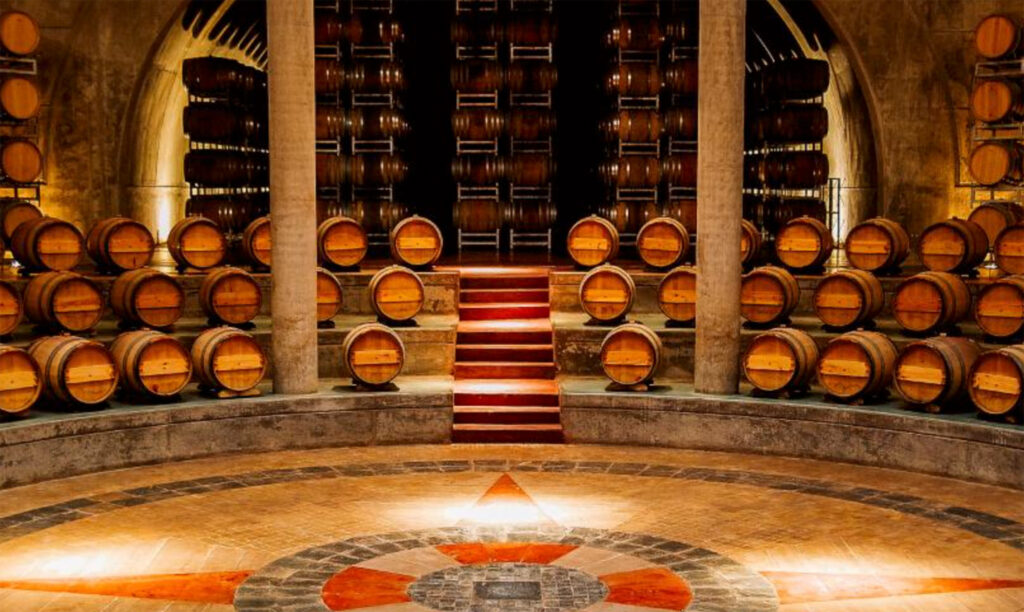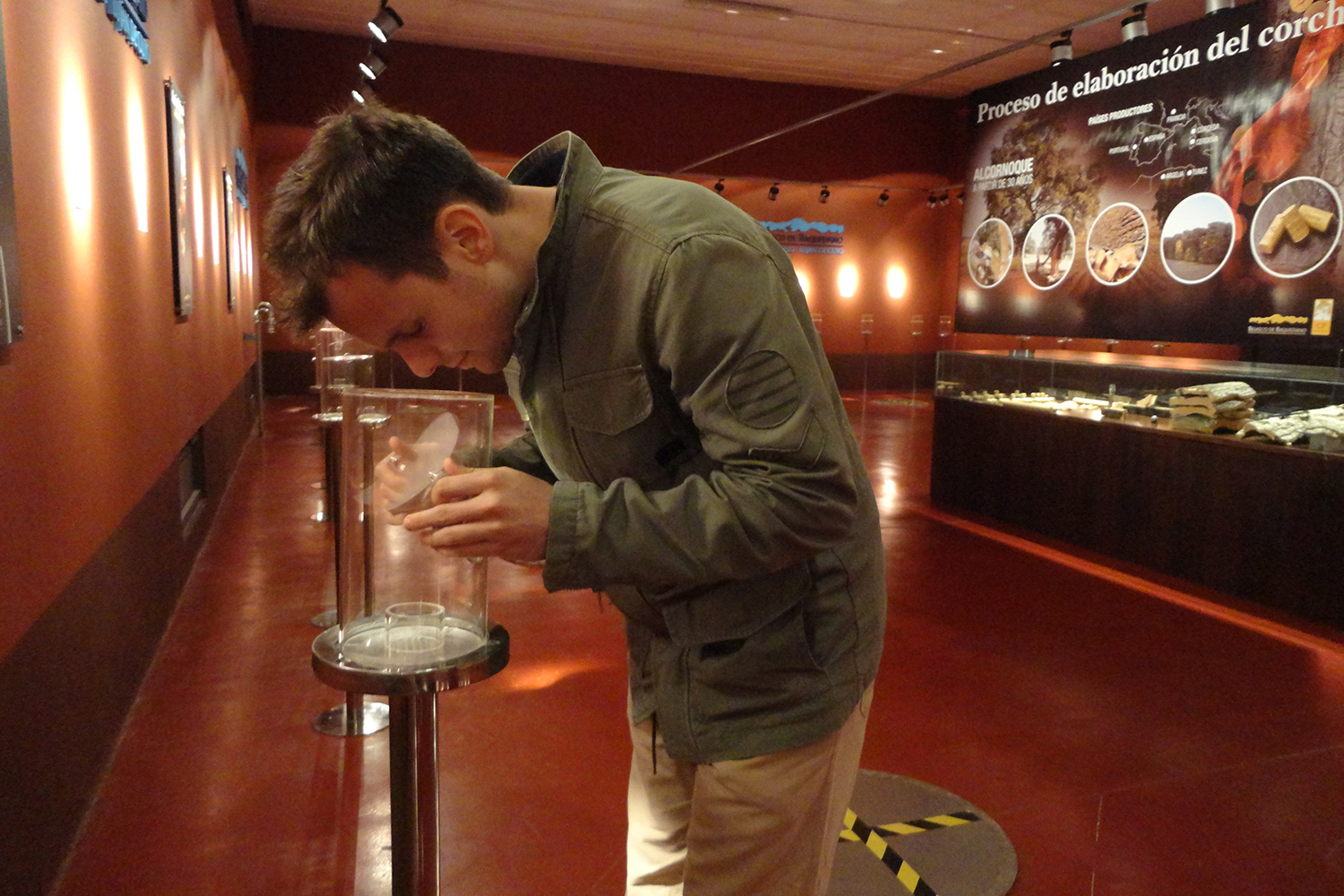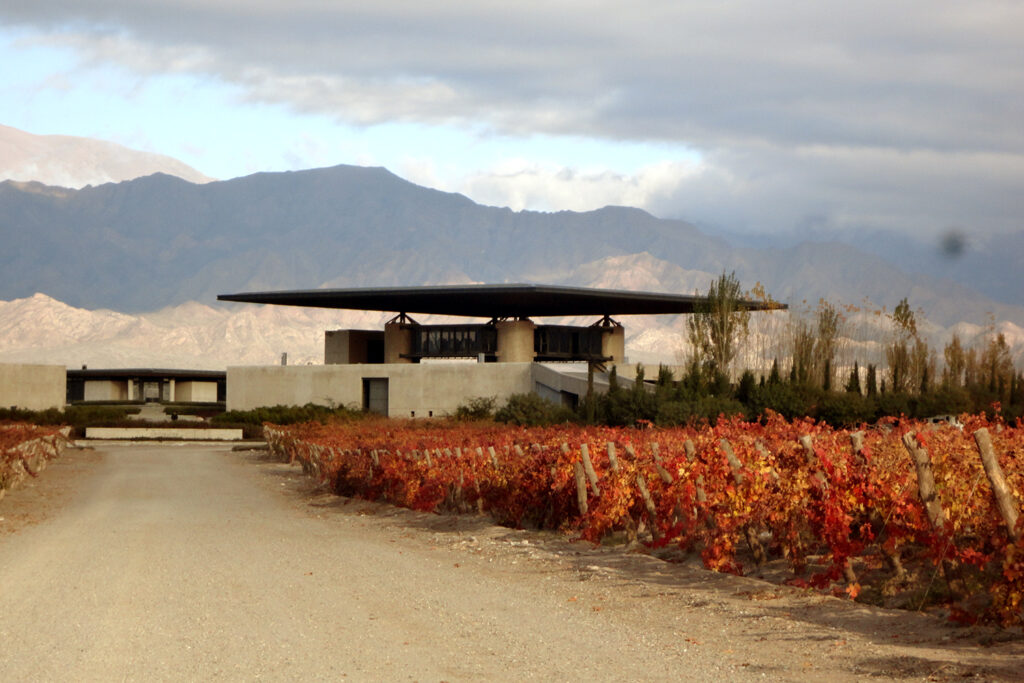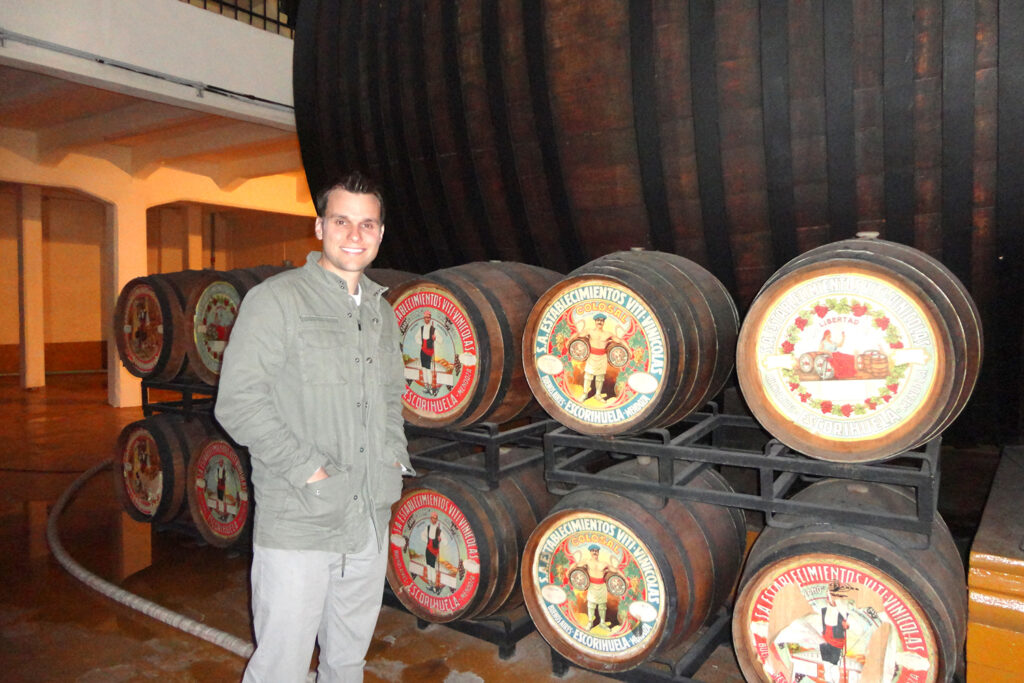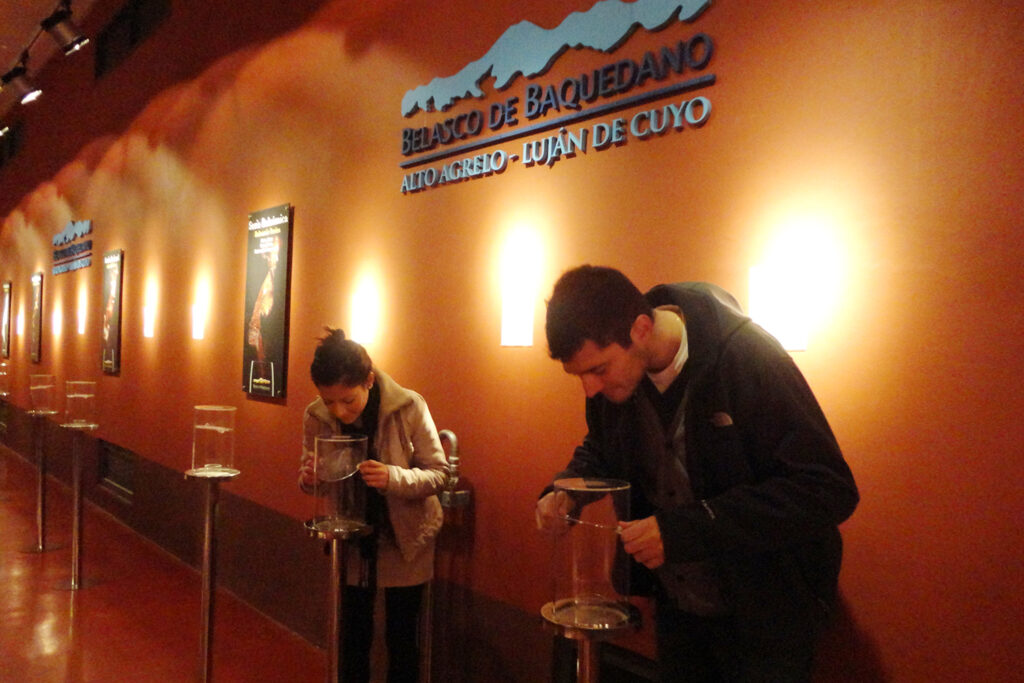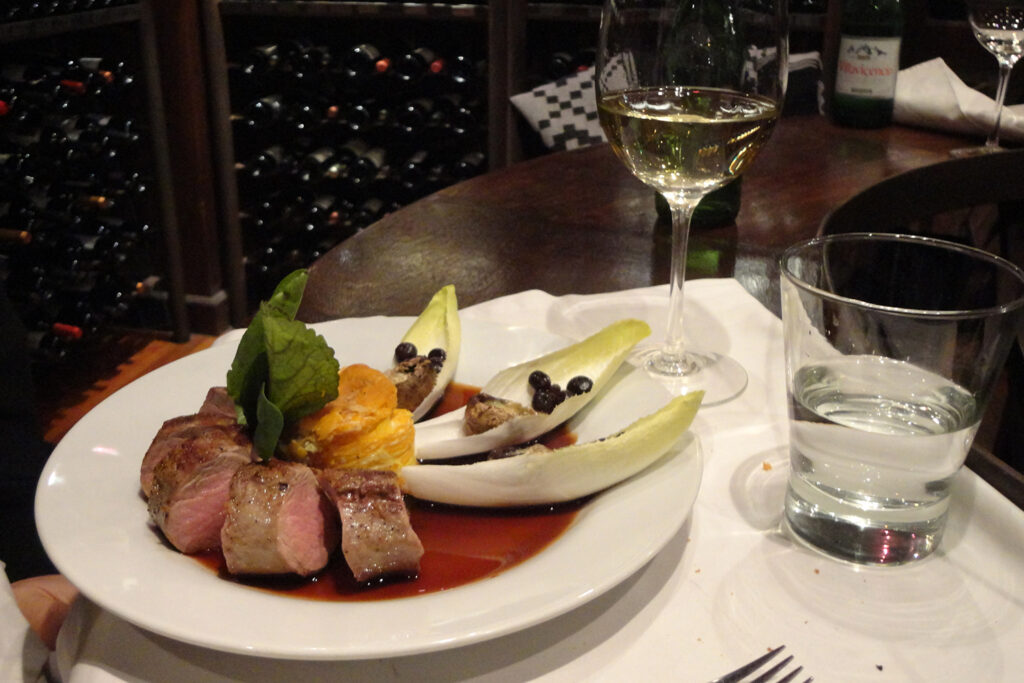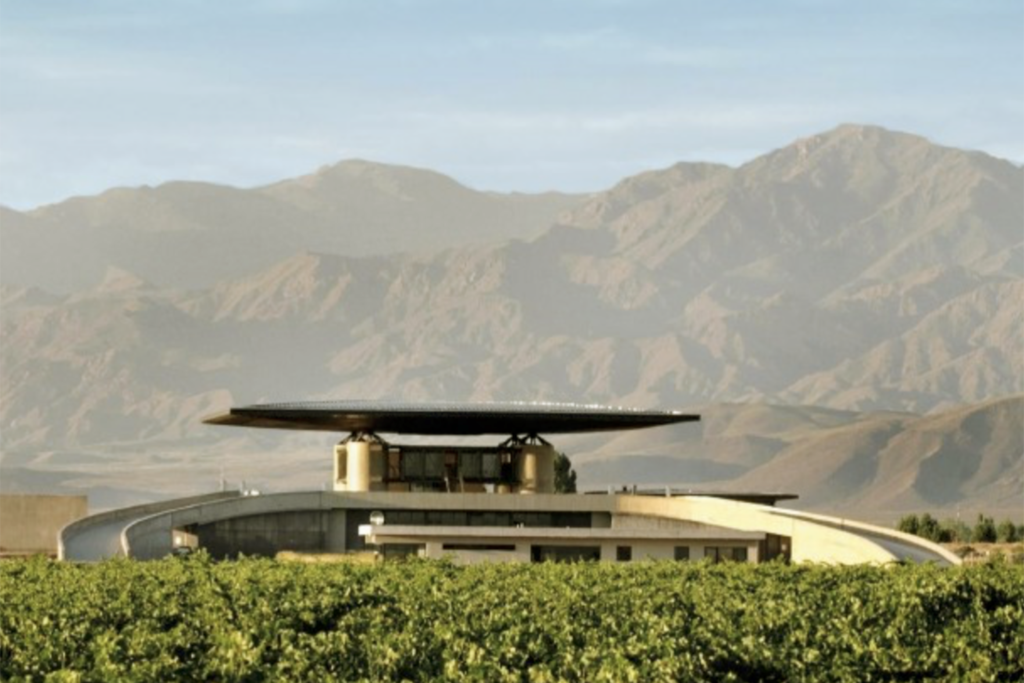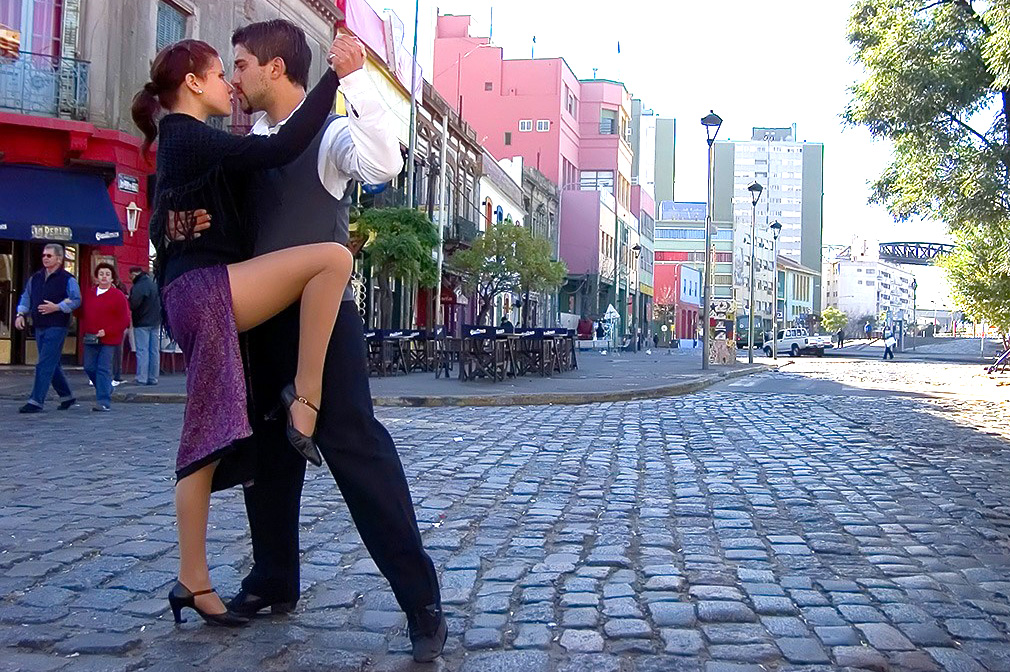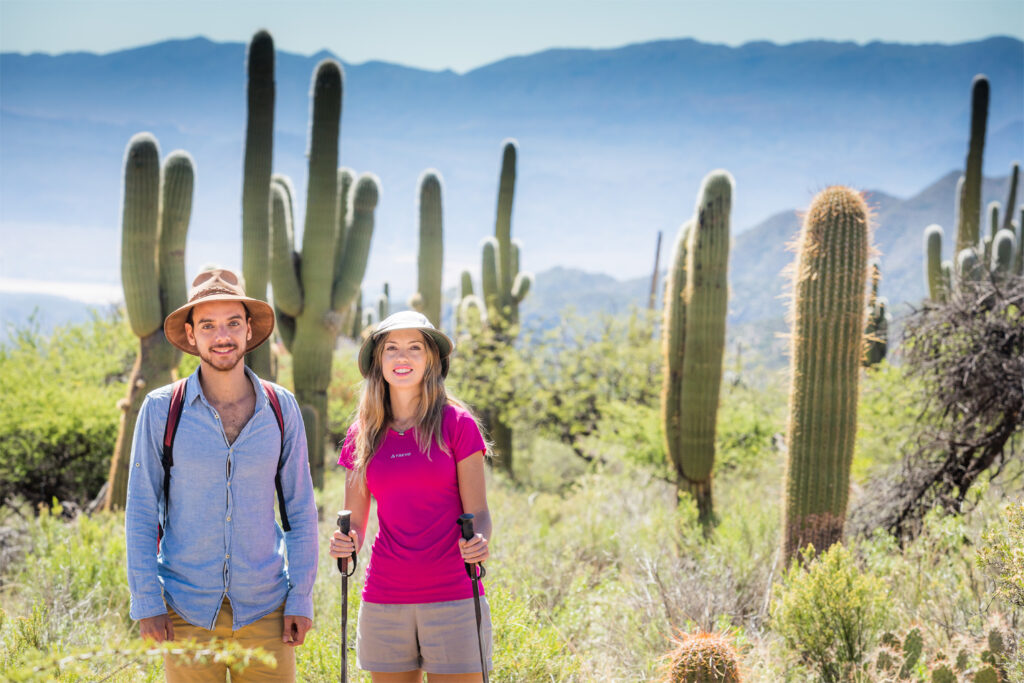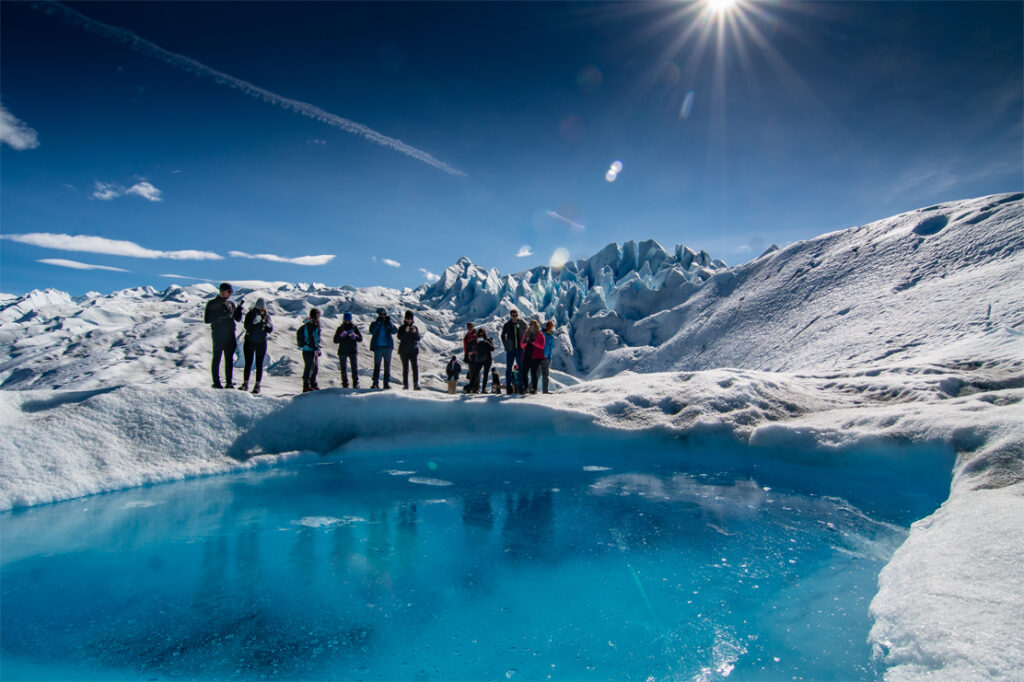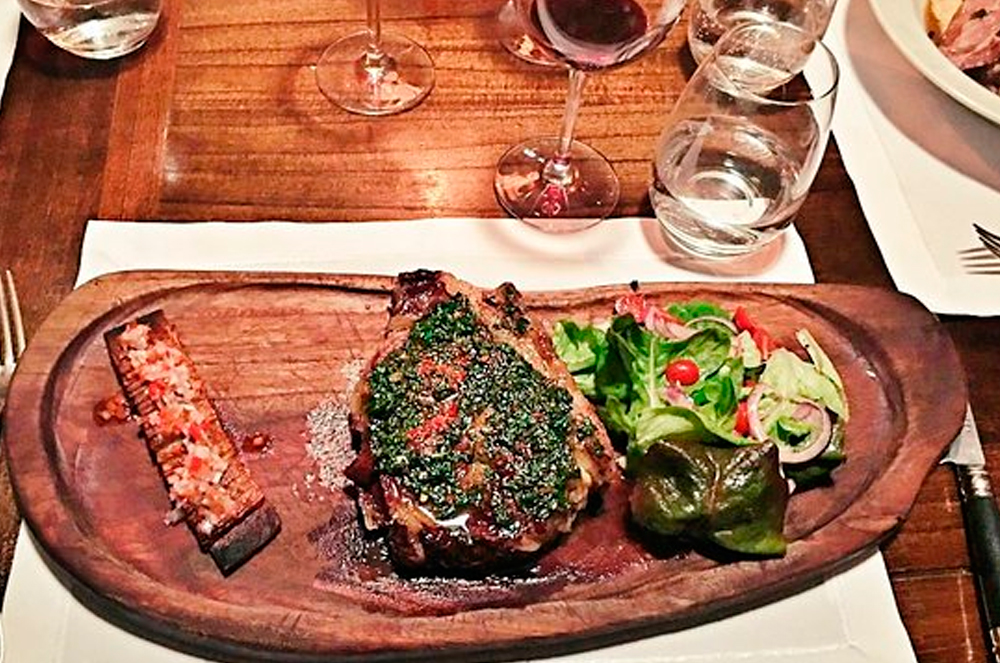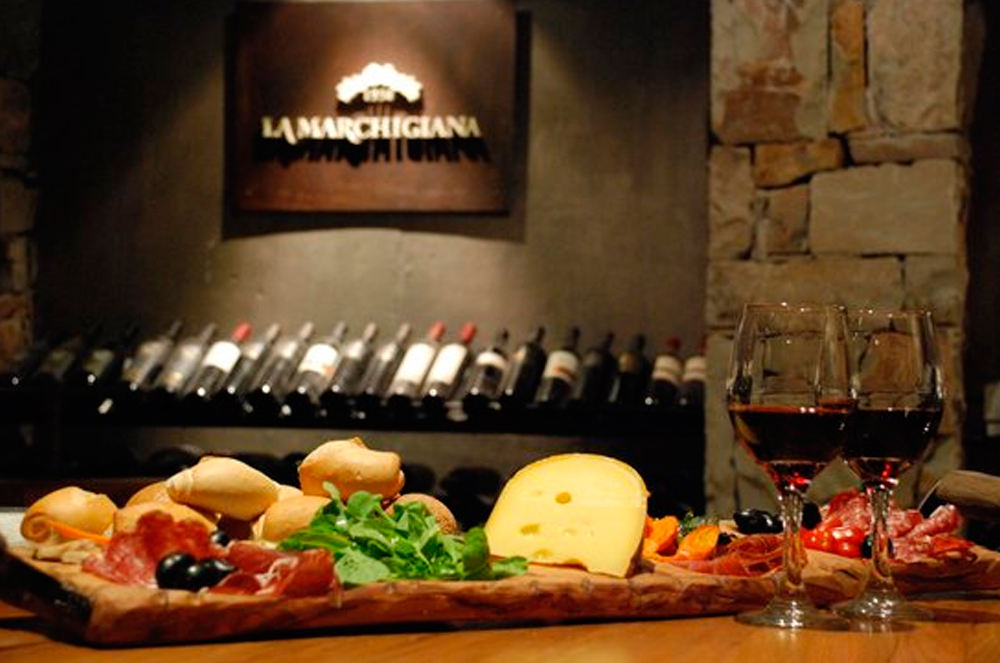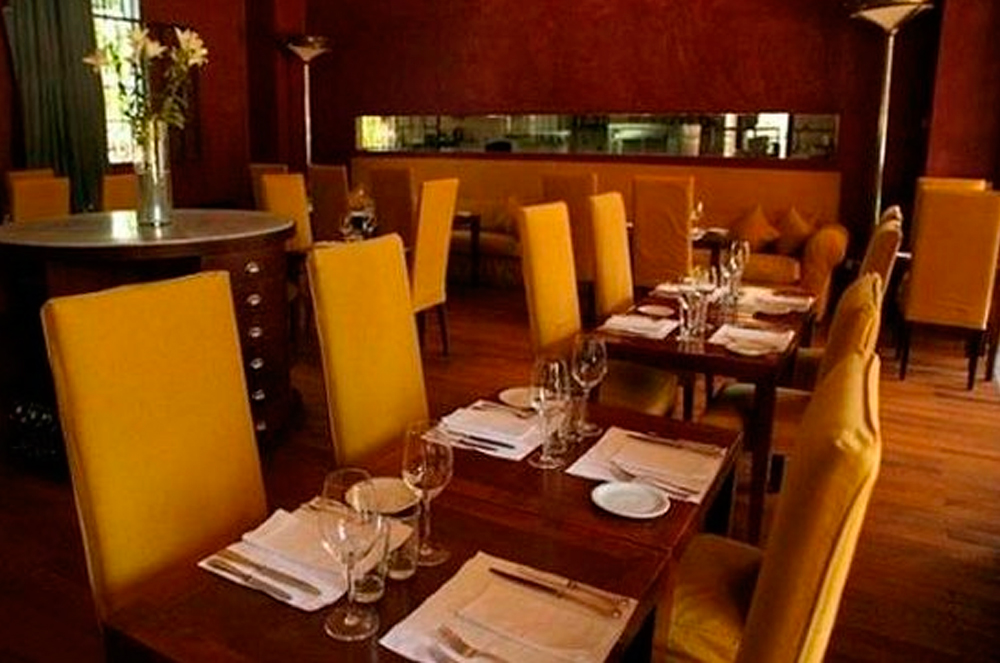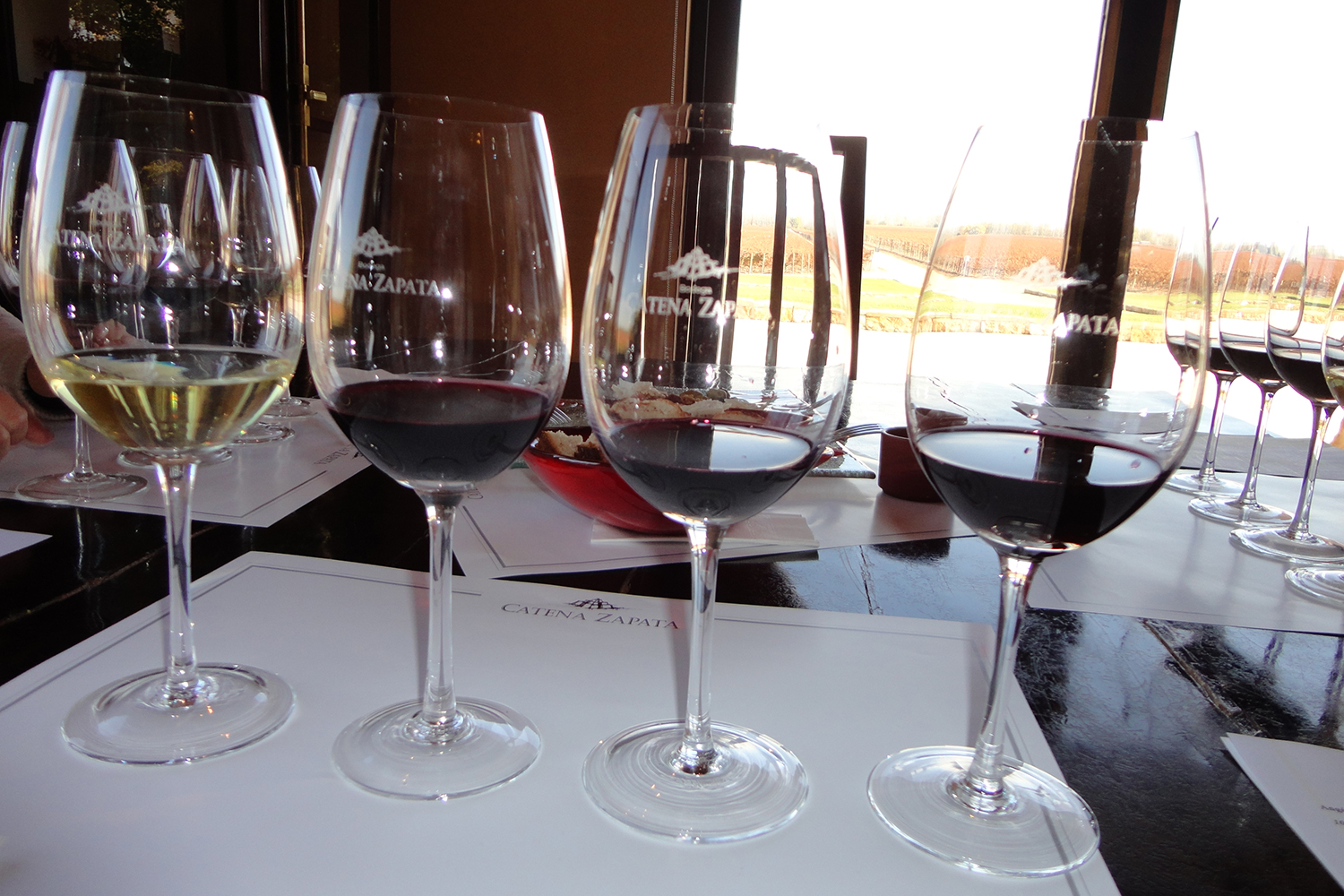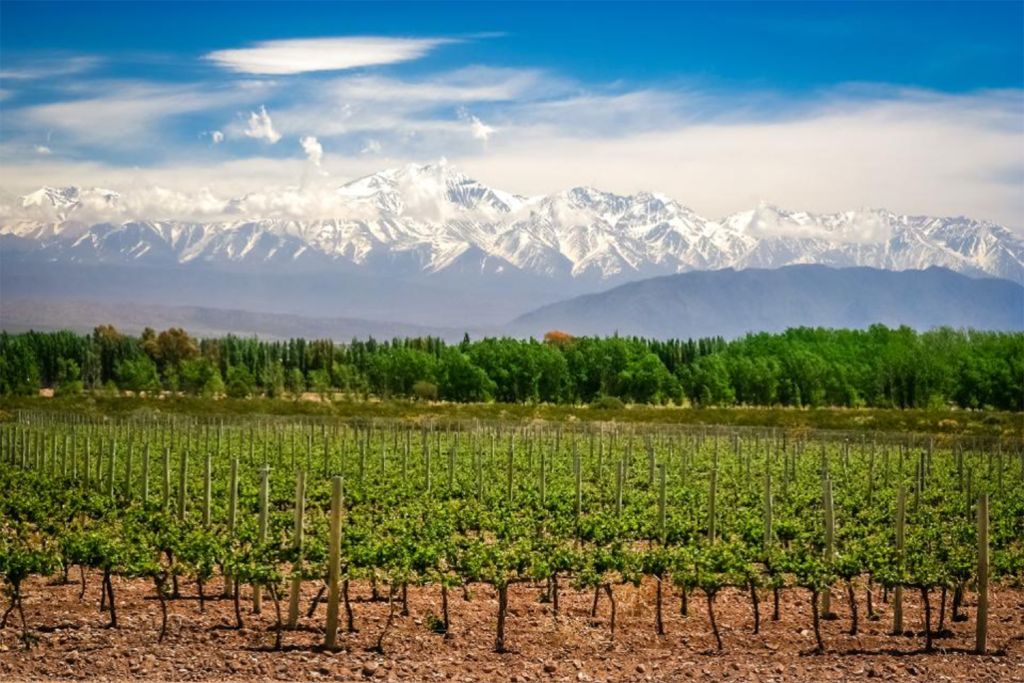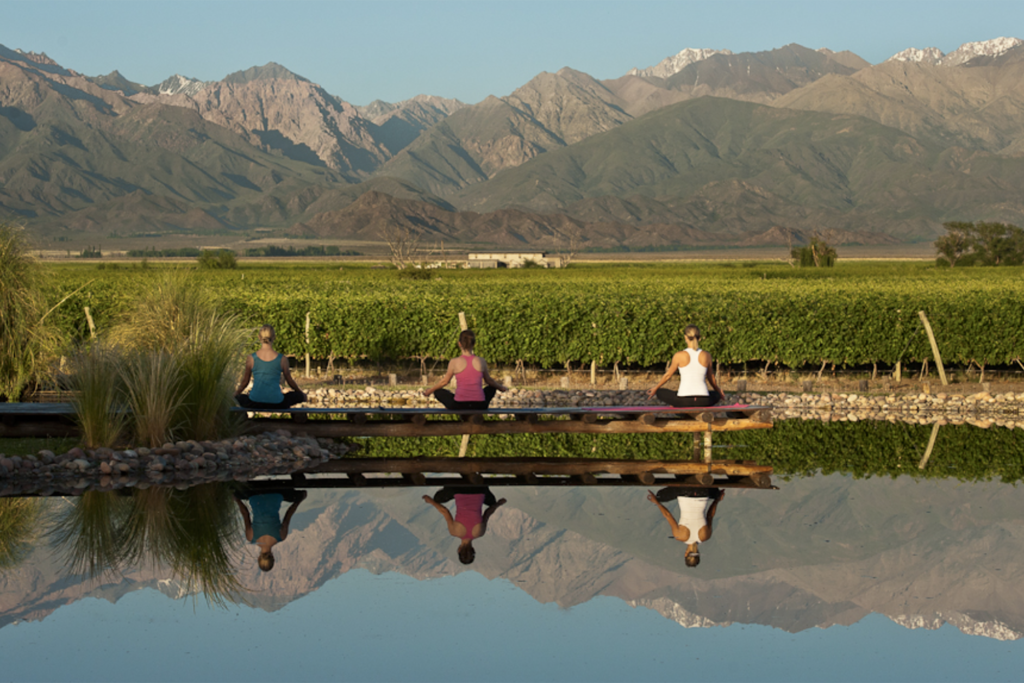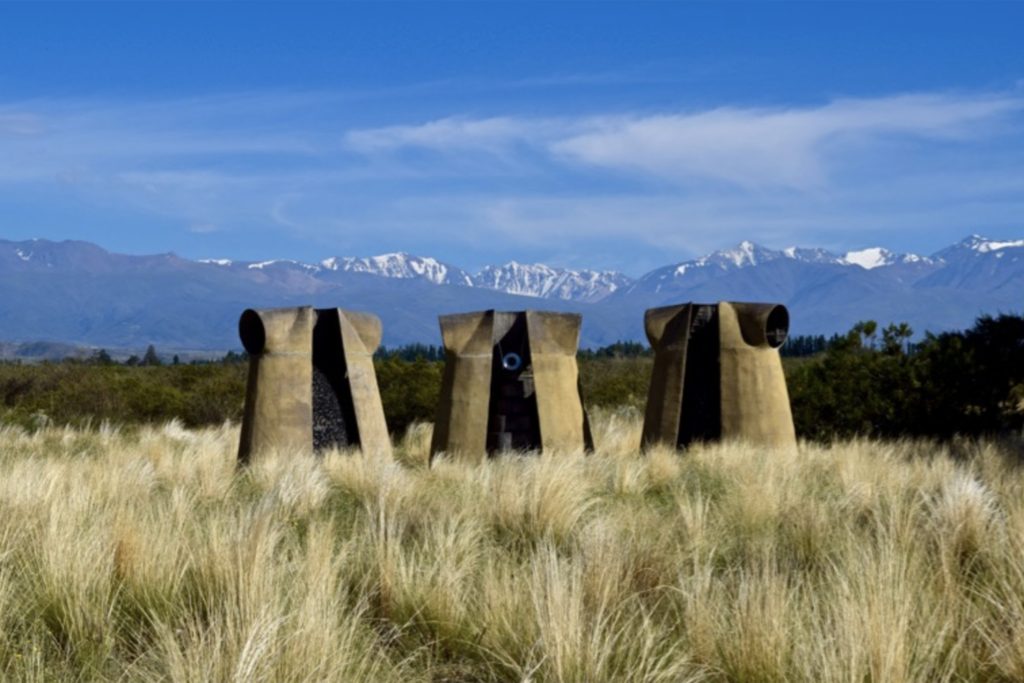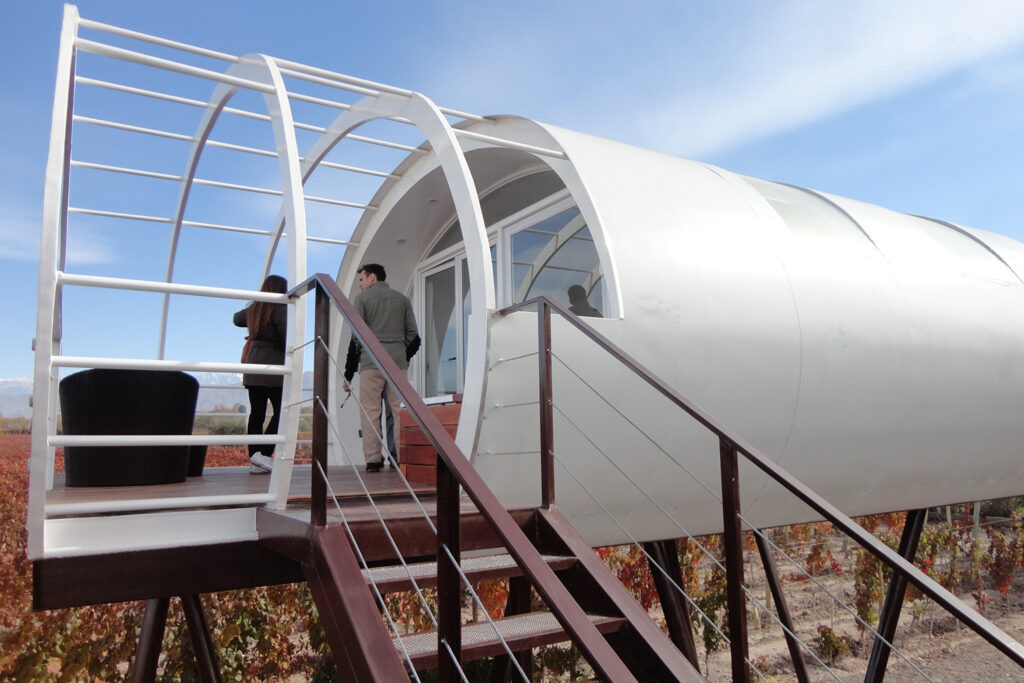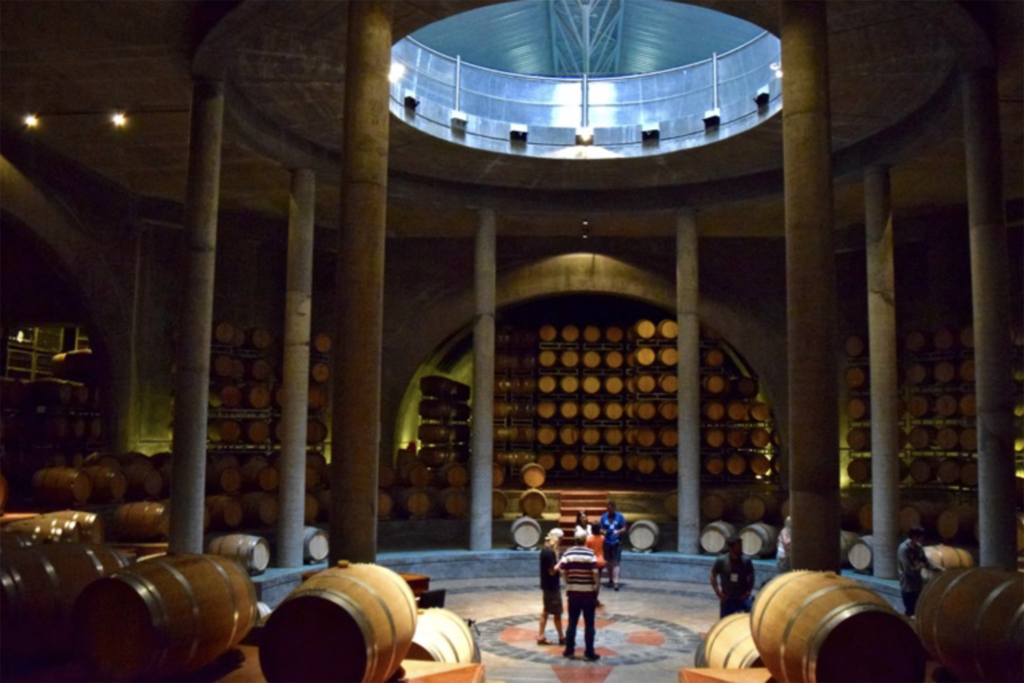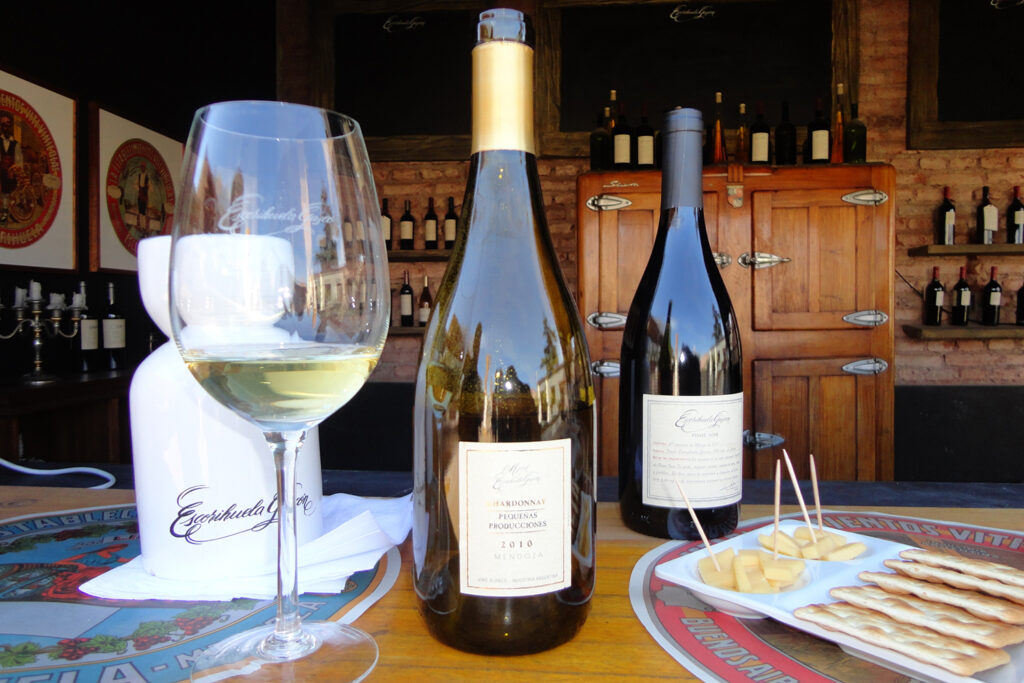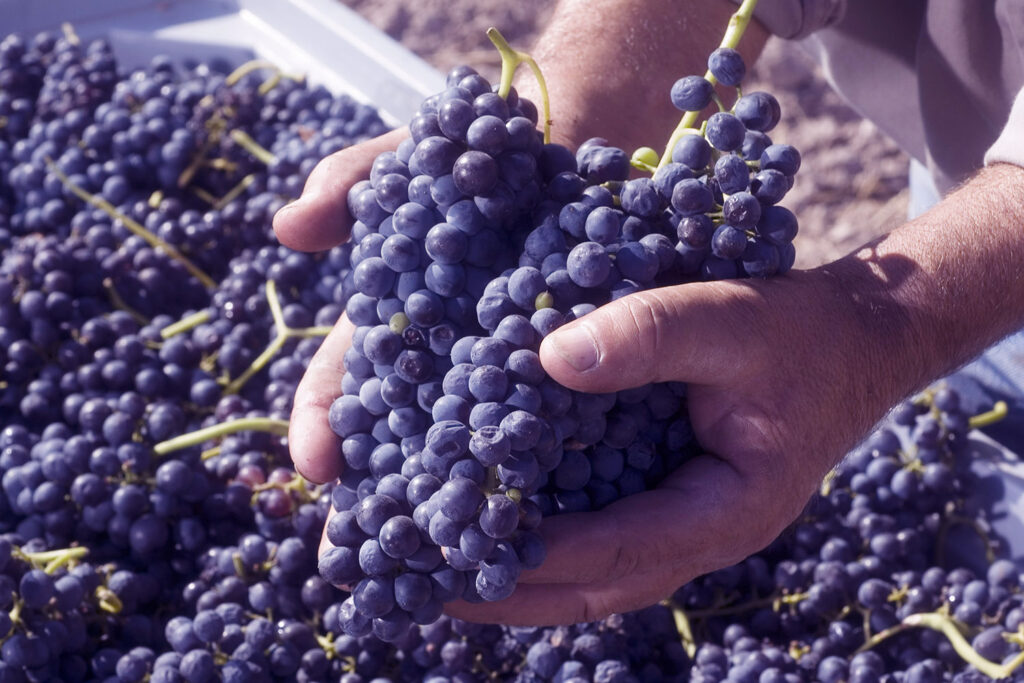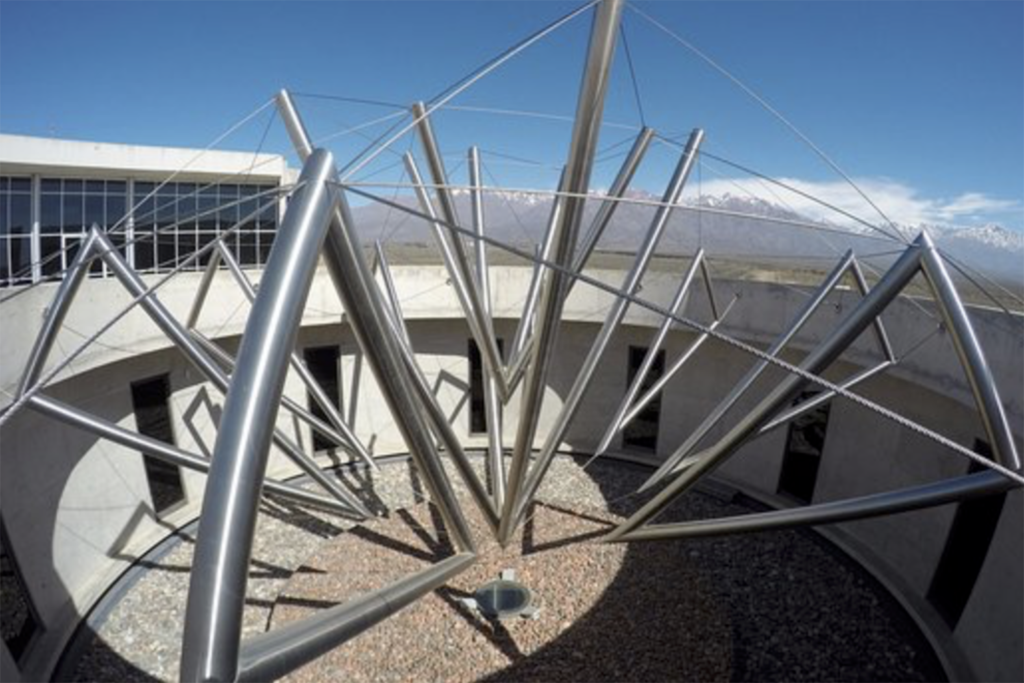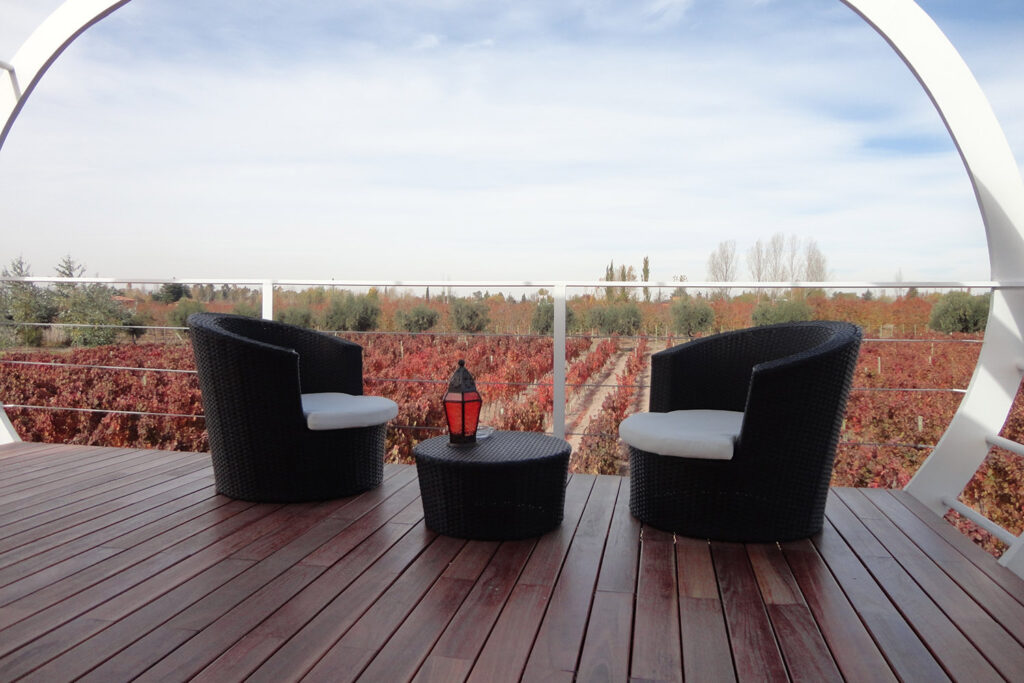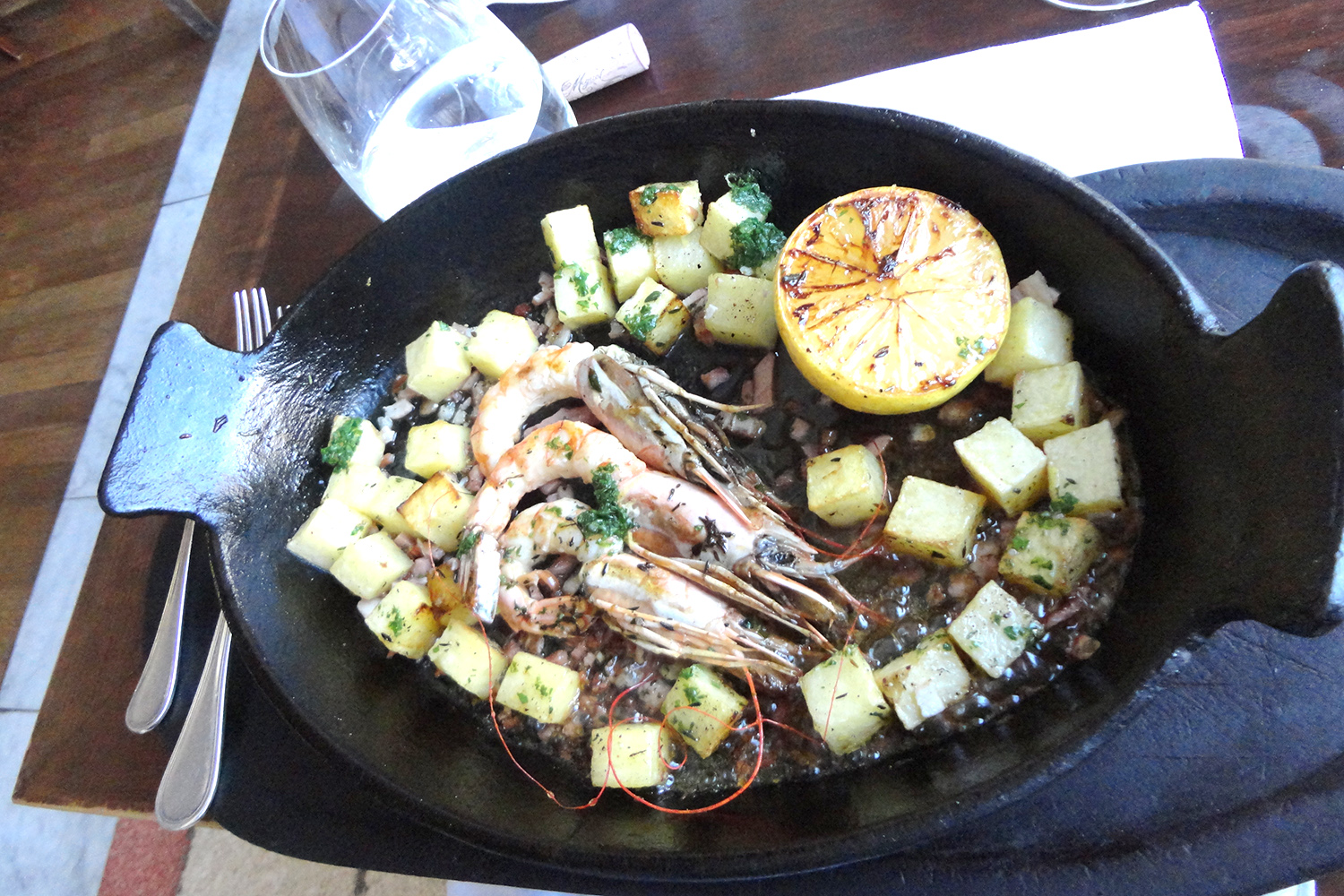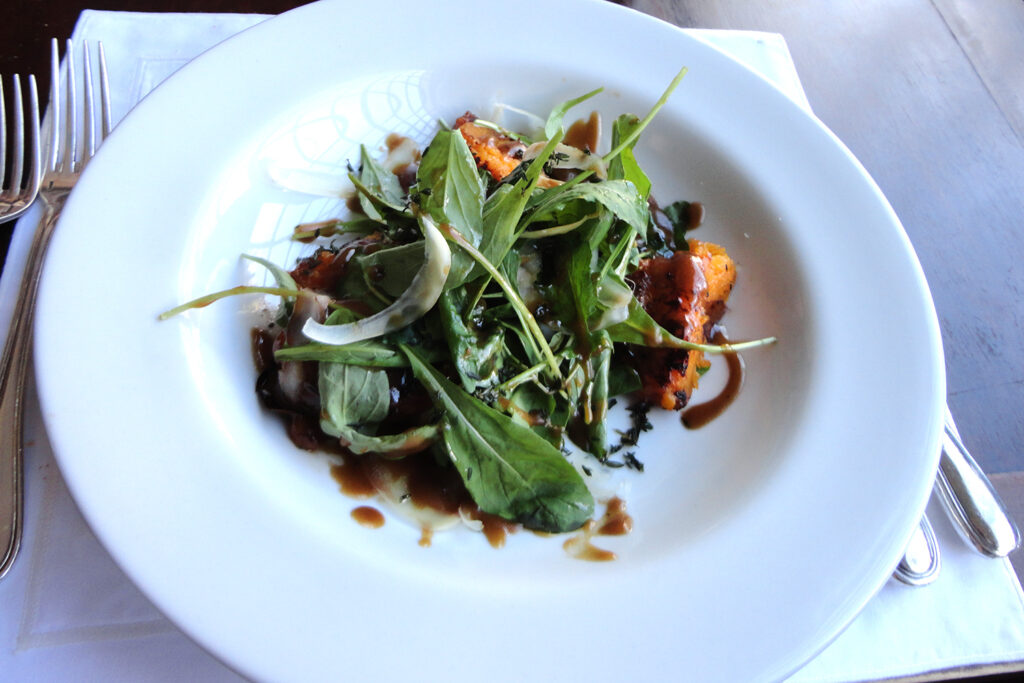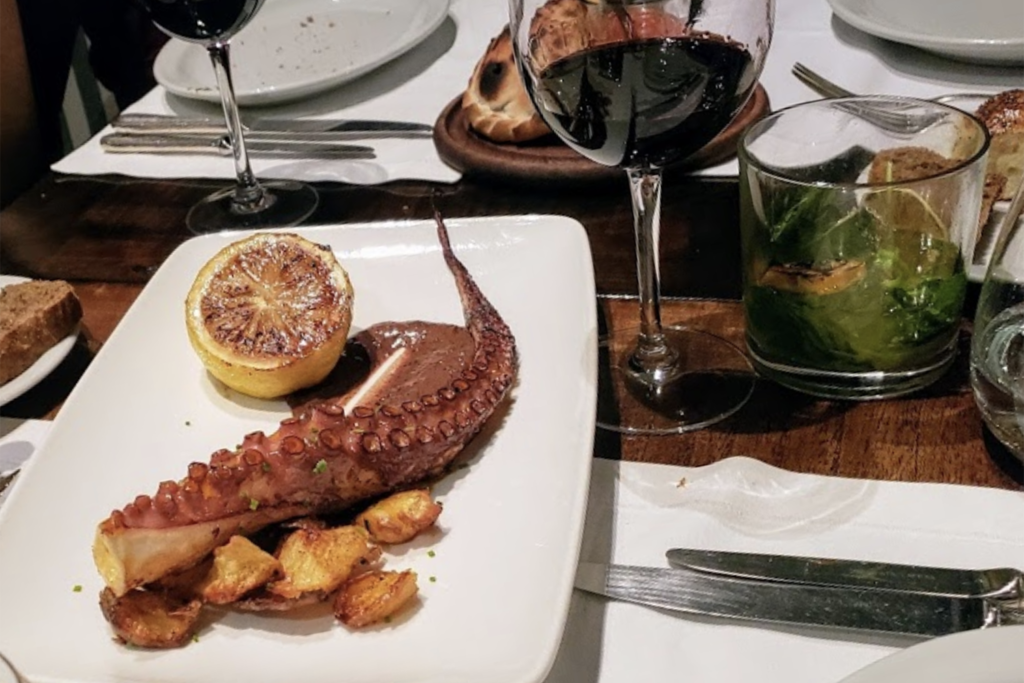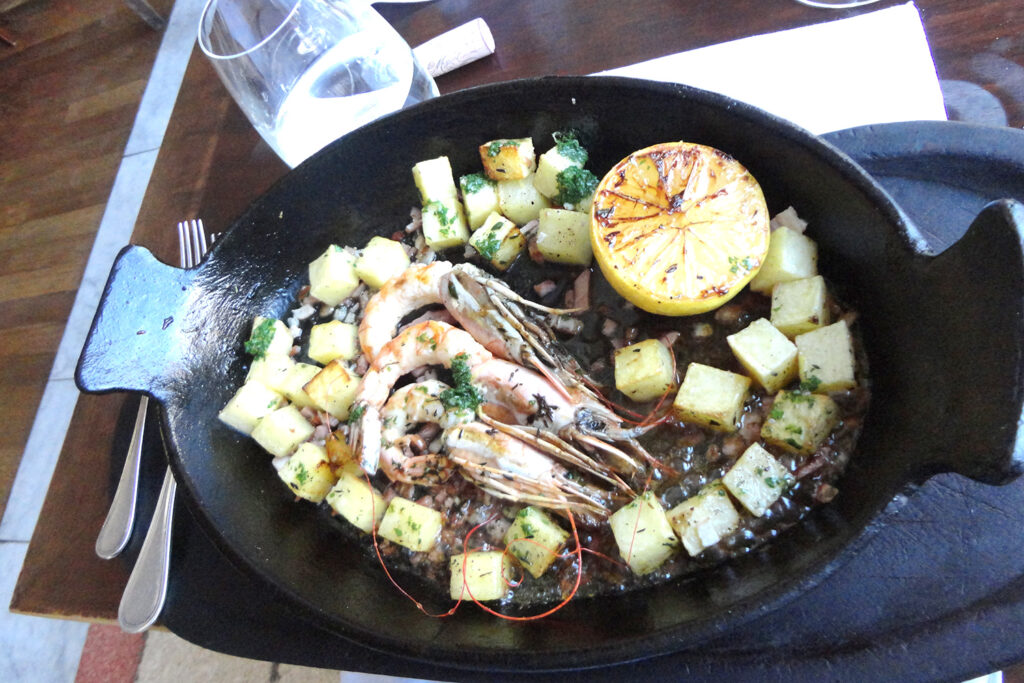Uco Valley: Argentina’s New “Jewel”
Written by Santiago Bernal
Located in the central west of Mendoza, close to the Andes, in the upper basin of the Tunuyán River, the Uco Valley rises more than a thousand meters high, a truly privileged region for cultivation of the vine Its alluvial and stony soils, its well tempered microclimate, its great exposure to the sun and the elevated terrain give rise to strong wines, with great body and deep color, which is why the preferred varieties of the place are Malbec, Cabernet Sauvignon, Cabernet Franc, Chardonnay and Sauvignon Blanc.

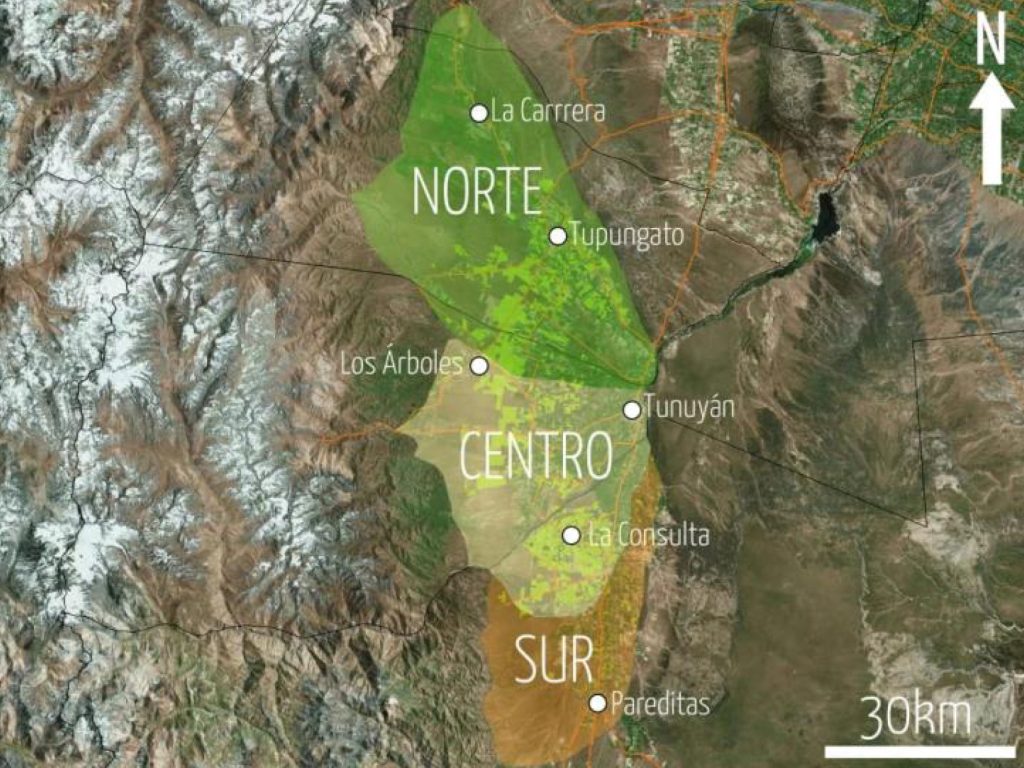
Uco Valley is a geographical region located in the heart of Mendoza Province, stretching from north to south across three municipalities Tupungato, Tunuyán and San Carlos Its altitude ranges from 900 meters to 1 600 meters above sea level.
This emerging ” of Argentine winemaking is the result of a quality driven transformation in the country’s wine industry Beginning in the 1980 s, with the arrival of new technologies and expertise, winemakers gradually started exploring this valley Initially, the focus was on high altitude terroirs to achieve greater natural acidity in the wines, enabling the production of age worthy wines capable of competing in international markets Over time, producers
discovered not only higher altitudes (and cooler nights) but also remarkable topographical diversity, which has become a central point of interest in Uco Valley over the last 15 years
From the 2010 s onward, attention shifted to the valley’s diverse mineral soil compositions and the role of soil microbiology in enhancing wine quality This growing understanding of terroir led to the certification of various Geographic Indications ( within the region Producers began identifying distinct subregions and their unique characteristics.
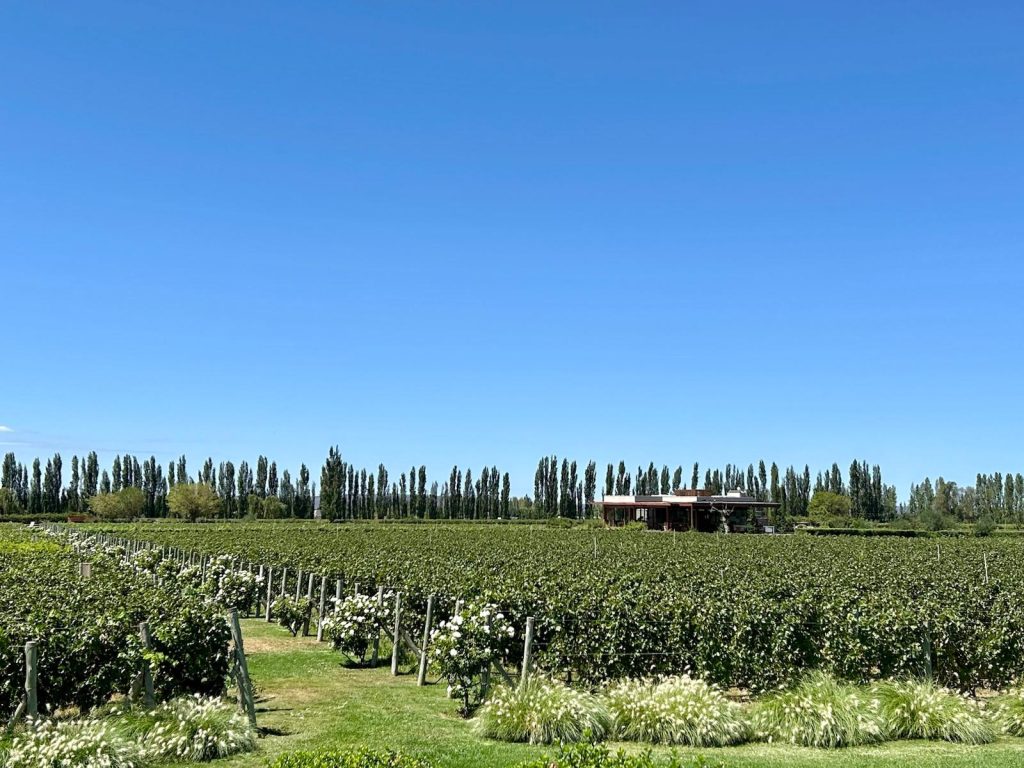

Today, we recognize that even these divisions fall short of capturing the full complexity and diversity of the Uco Valley Some experts suggest that further subdivisions within existing terroirs could provide a deeper understanding, allowing for the creation of wines that express the nuances of each location in greater detail.
Malbec remains the signature variety, serving as a versatile medium for producers to interpret and express the essence of their vineyards The adaptability of this grape makes it a powerful tool for showcasing terroir diversity.
Another standout is Cabernet Franc, a relatively non traditional variety in Argentina It has gained recognition from some producers and achieved international acclaim, receiving high scores from prominent critics.
What can we expect from Uco Valley in the coming years? Likely, more terroir research, greater specificity, and of course, more Malbec Above all, we can anticipate wines that embody a profound sense of place, showcasing even greater heterogeneity and complexity.
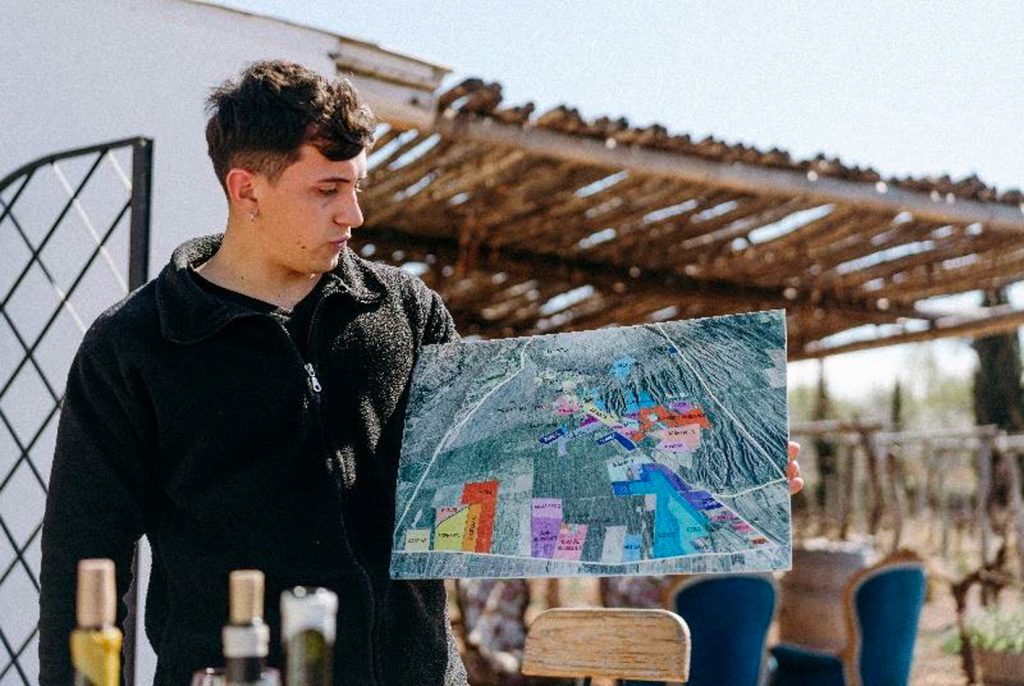
If you’re a wine enthusiast, the Uco Valley in Mendoza is a must-visit destination.
With its world-class wineries, breathtaking landscapes, and unique terroir, this region offers an unforgettable experience for anyone passionate about wine. Whether you’re a seasoned connoisseur or a casual wine lover, the Uco Valley has something for everyone—from exceptional Malbecs to innovative winemaking techniques.
Ready to explore the best wineries in Mendoza’s Uco Valley? Let us help you design the perfect wine route!
CONTACT US TODAY, and one of our expert enologists will curate a personalized wine tour tailored to your tastes. We’ll guide you to the region’s top wineries, ensuring exclusive access to private tastings, vineyard tours, and expertly paired culinary experiences.
Don’t miss out on the chance to discover the finest wines in the Uco Valley. Let us plan your perfect Mendoza wine tour—get in touch now to start your adventure! Cheers to a journey of unforgettable wines and stunning landscapes!



